A simple yet effective way of growing a large group of crops and minimising the risk of pests and disease from spreading through your veg patch. Crop rotation comes with many benefits for your plants and garden beds, not only providing both your fruit seeds and vegetable seeds with the best chance of returning a rewarding harvest but also a great way to organise your garden into groups of crops.
Be sure to read on and learn all about crop rotation, from the planning that goes into it to understanding how to rotate garden crops and the benefits of crop rotation. We all love growing our own produce and growing new and exciting plants, so be sure to learn how to rotate crops and keep your flower garden and veg patches fresh and free from pests and diseases.
What Is Crop Rotation?
Crop rotation is growing an individual crop in different areas of your garden each year. The idea behind crop rotation is that moving the plant around minimises the risk of pests and disease whilst maximising the yields and health of the produce.
For crop rotation to work effectively, you must split your crops into groups of similar plants with similar needs and habits. Crops that can be rotated together will grow well in the right conditions, making it easier to provide them with the nutrients needed to grow as they share the exact same needs.
Crop rotation is so important because it improves the quality of the soil. Growing the same crop in the same soil year after year slowly causes the soil to deteriorate in fertility and structure. Different crops take in various nutrients while leaving different traces behind, so by rotating your crops, you are keeping the soil fresh and providing constant nutrients in fresh soil.
An easy-to-follow system consists of splitting up crops into four groups and rotating them in a four-cycle rotation, but what are the four groups and what crops are included in each?
The Four Planting Groups
There are four main planting groups filled with a wide range of plants that, when grown together, provide the best harvests. Some crops not included in these groups are vegetables, including asparagus, and vegetable bulbs, such as rhubarb, as they are considered perennials and need to be planted in their own permanent beds.
Legumes
The first group of plants that should be grown together are legume varieties, including pea seeds, bean seeds, and anything that grows pods and beans. These plants fix nitrogen from the air and draw it into the soil, where it will then act as a naturally occurring fertiliser when composted straight back into the soil for the next crops in the system.
Root Vegetables
A staple of any veg patch, root vegetables grow under the soil's surface and include garden go-to's such as carrot seeds, garlic bulbs, beetroot seeds, onion seeds, and more garden classics. Rotating root vegetables is essential to prevent soil depletion, as they grow almost underground. Having fresh soil is critical.
Brassicas
Brassicas are a family of plants that love rich soil and include a wide variety of vegetables, such as broccoli seeds, cauliflower seeds, cabbage seeds, and many more. Rotating these crops helps to avoid diseases like clubfoot, which this variety of plants is particularly susceptible to. Clubfoot is more common the more often you grow in the same patch of soil, meaning crop rotation helps reduce the chance drastically.
Solanaceae
Plants belonging to the Solanaceae family should be grown together. The family includes a wide range of vegetables such as potatoes, tomato seeds, eggplant seeds, capsicum seeds, and chilli seeds. These crops should be rotated together to prevent soil bourne diseases.
Some plants not included in the groups that can be brought into the beds are faster-growing crops such as herb seeds, zucchini seeds, and other cucurbits that work well as companion plants. To learn more about companion planting, we have put together a helpful companion planting guide detailing everything you need to know.
How Does Crop Rotation Work
Crop rotation is far simpler than it sounds if you plan accordingly! Crop rotation is all about making sure your crops benefit from others and reducing the risk of pests and diseases.
Different families have different root lengths and will, over time, drain the soil of its nutrients at that level. Crop rotation allows you to move crops of varying root lengths around and provide a continual food source in an environment where they can all benefit.
Another benefit of crop rotation is that you create a garden that is not conducive to pests, who don't want to always be chasing their meal around the garden. The same can be said for diseases that won’t have the time to set in before your next rotation.
Before going ahead and diving into crop rotation, be sure to devise a plan to divide your growing spaces into four sections, ensuring each space has the appropriate amount of sun and wind protection as well as drainage. Assign each section one of the groups of plants, and make note of which direction you will rotate each crop until it is back where it began.
Make a note of any groups that will benefit from the others; for example, plant your brassicas in the space where you had been growing legumes, and they will benefit from the nitrogen in the soil brought in by the legumes. After a few cycles, you will feel more confident with the system. You can add in additional groups, including green manure crops that benefit the other crops in the cycle with strengthened soil and organic matter to provide nutrients.
The Benefits of Crop Rotation
Crop rotation has many benefits. It allows seasoned gardens to follow a natural cycle of produce growth and helps to minimise the use of chemicals throughout the growing process. For gardeners working in a more confined space, crop rotation can open up the possibility of growing a wide range of crops in their smaller space.
Some other benefits include soil fertility, as rotating reduces the chance of soil deficiencies developing. Rotating your crops reduces the risks of pests and diseases by changing the location of your produce. The pests that usually linger will be disrupted, and diseases such as clubfoot can also be avoided. Whilst weeding your garden beds can be a satisfying experience, having your plants take care of it for you is a perk of crop rotation. Crops like potatoes grow dense and large leaves that can suppress weeds from growing and save you time.
Still, the biggest benefit is the joy of creating your own little growing habitat with an ecosystem of plants that all benefit each other in some way.








































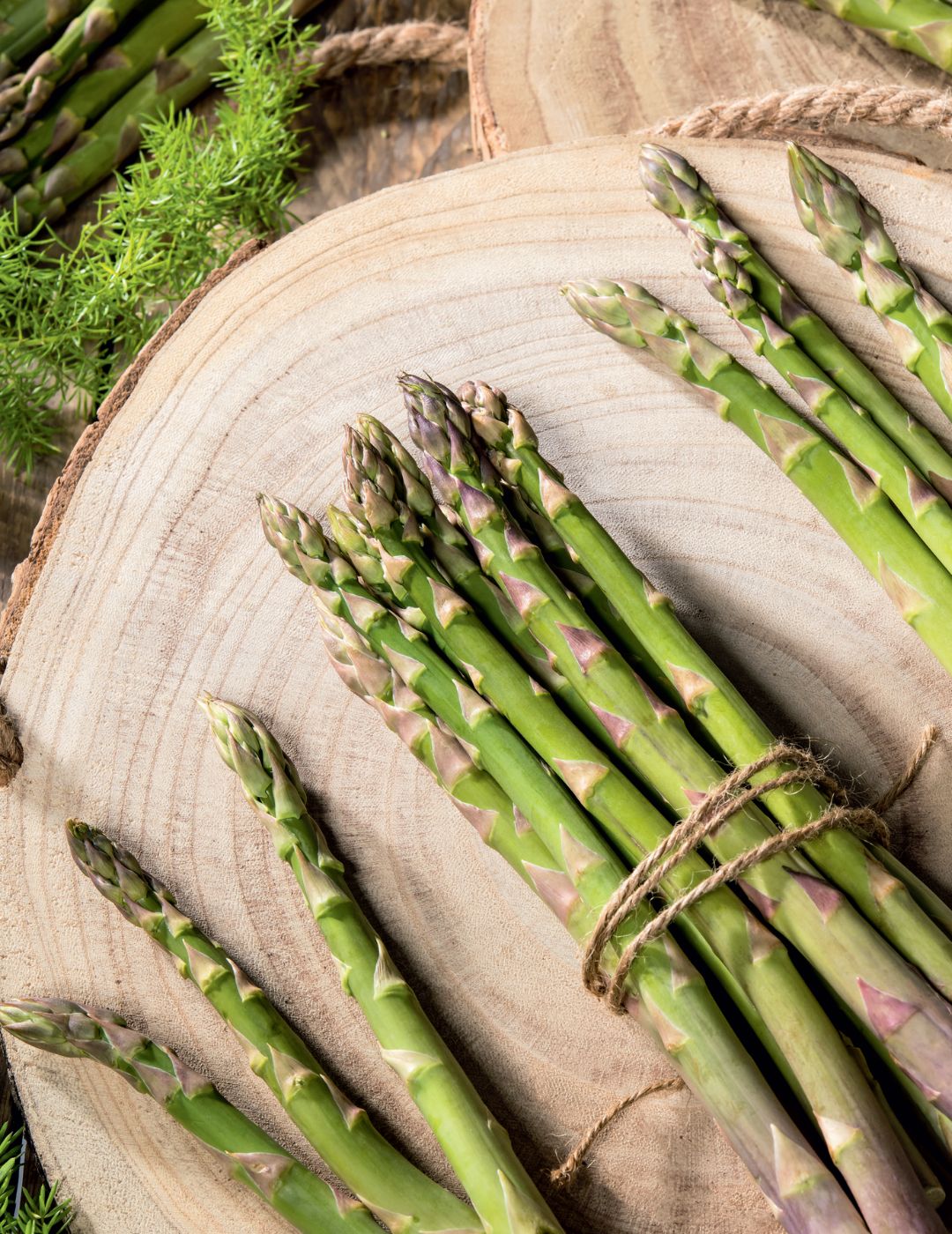
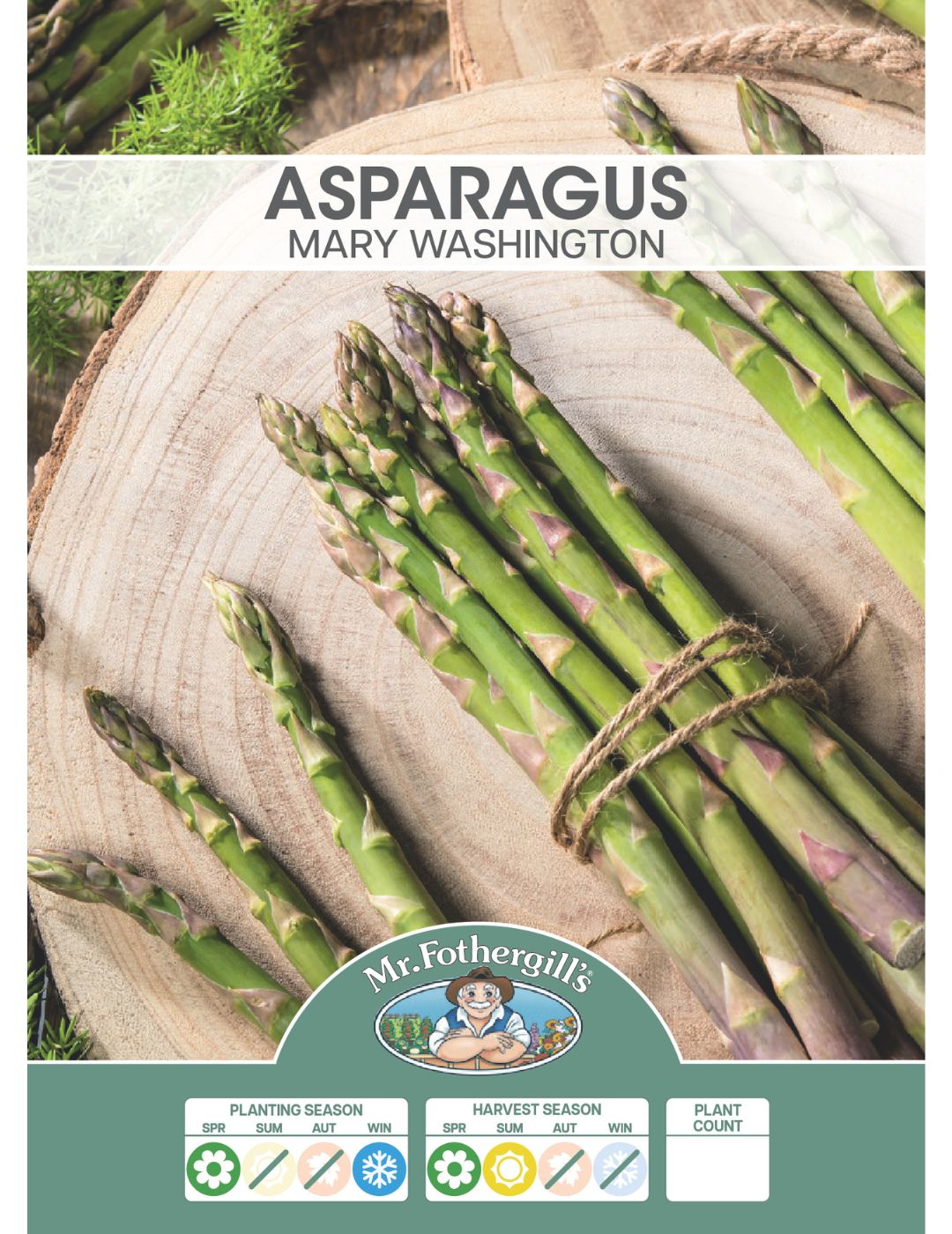
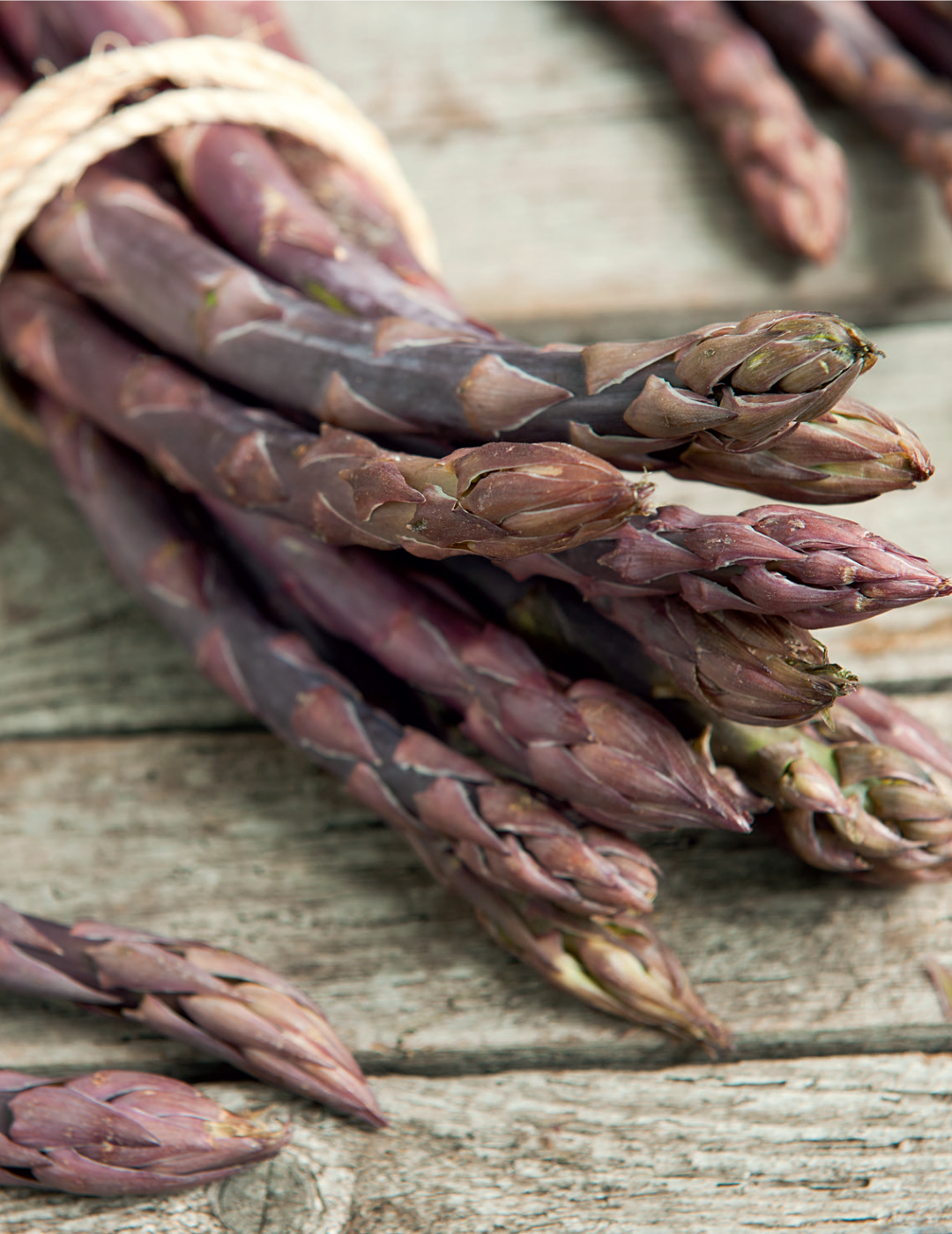
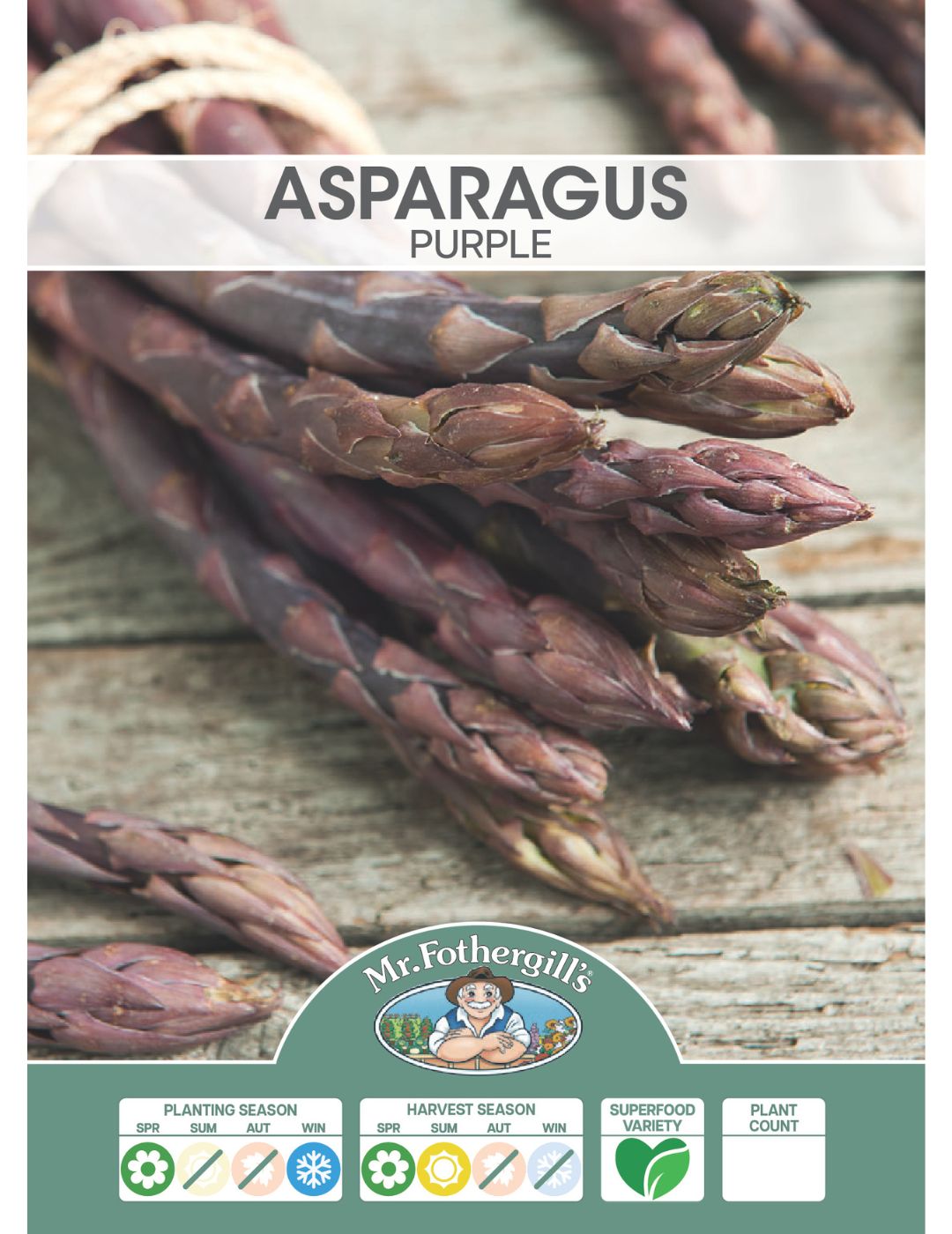
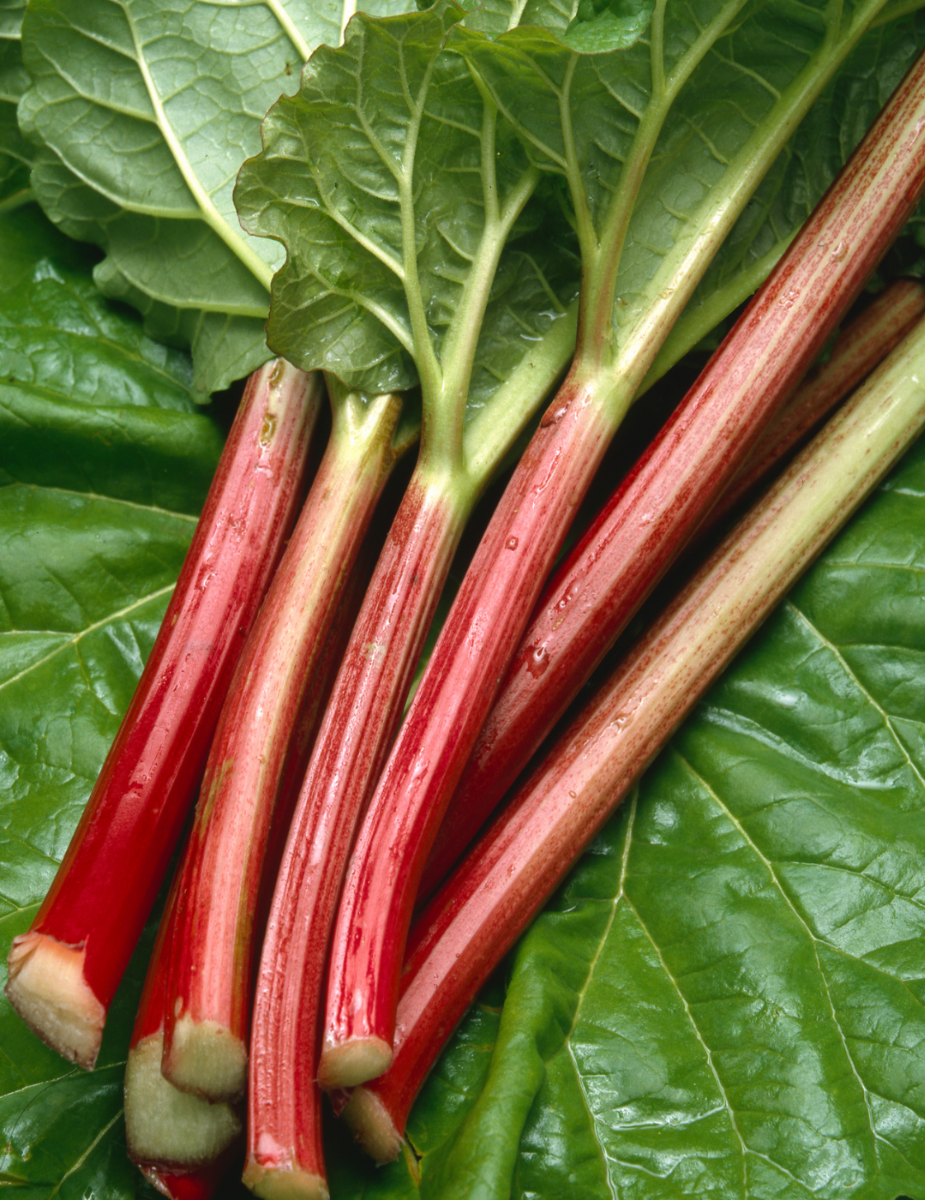
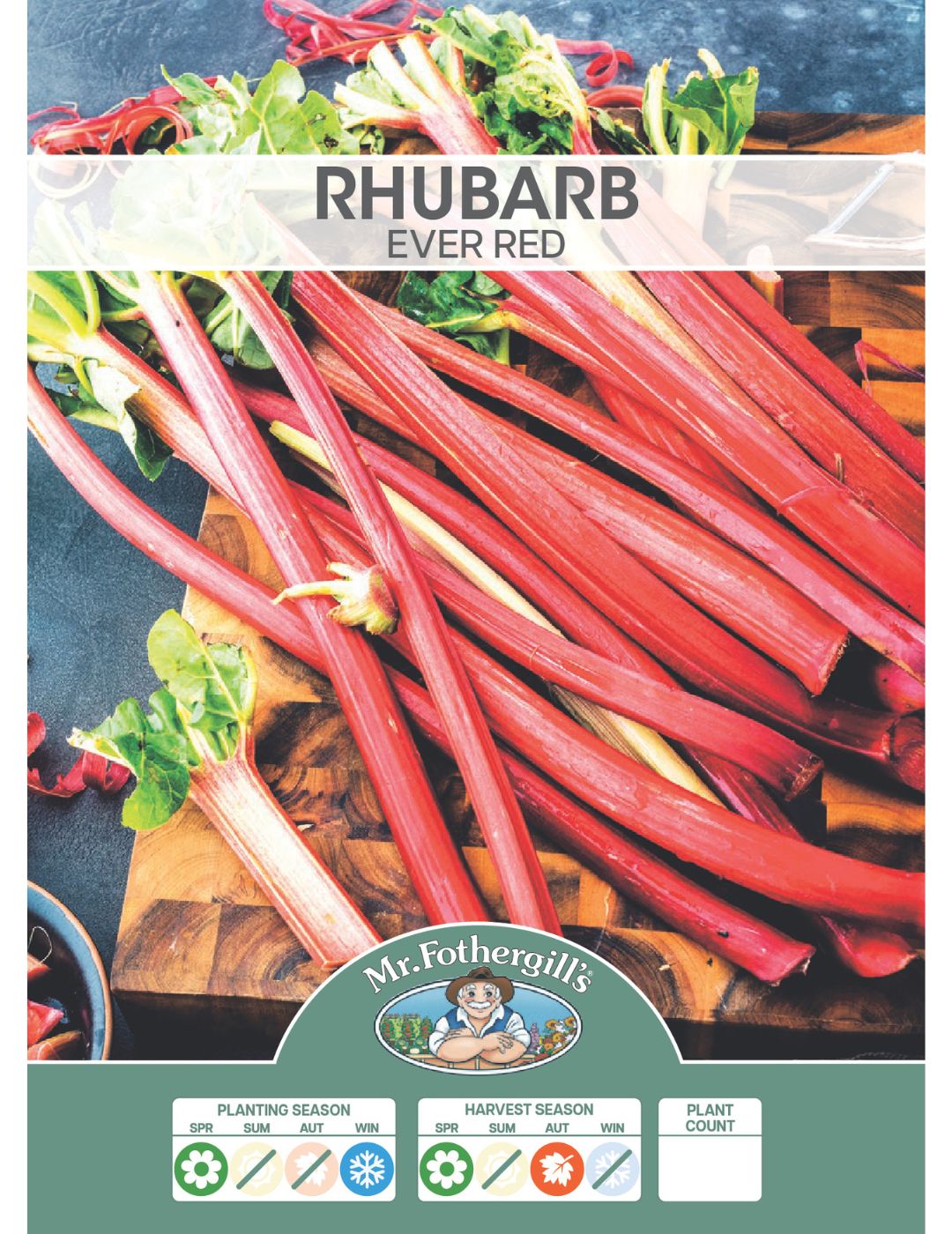
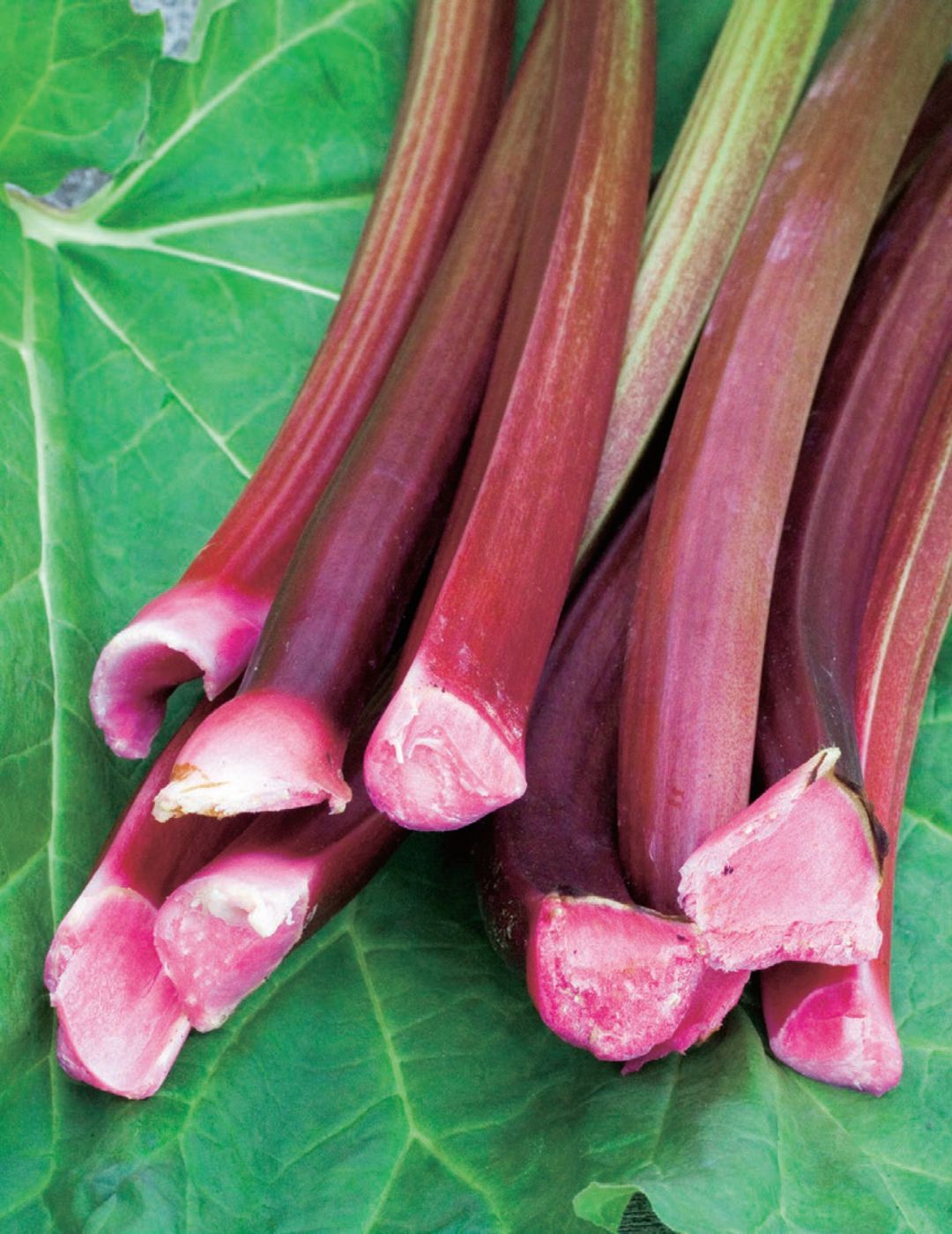
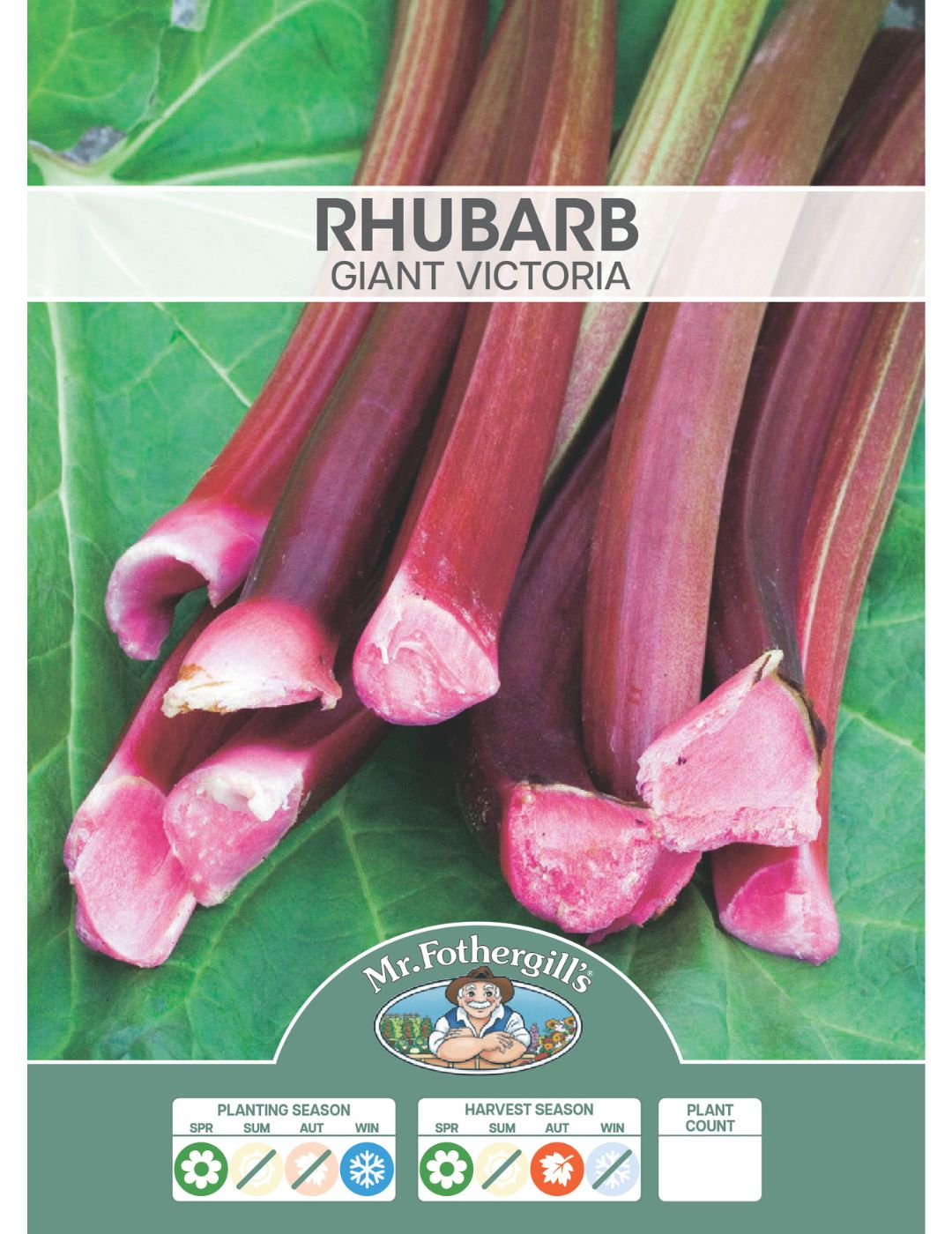
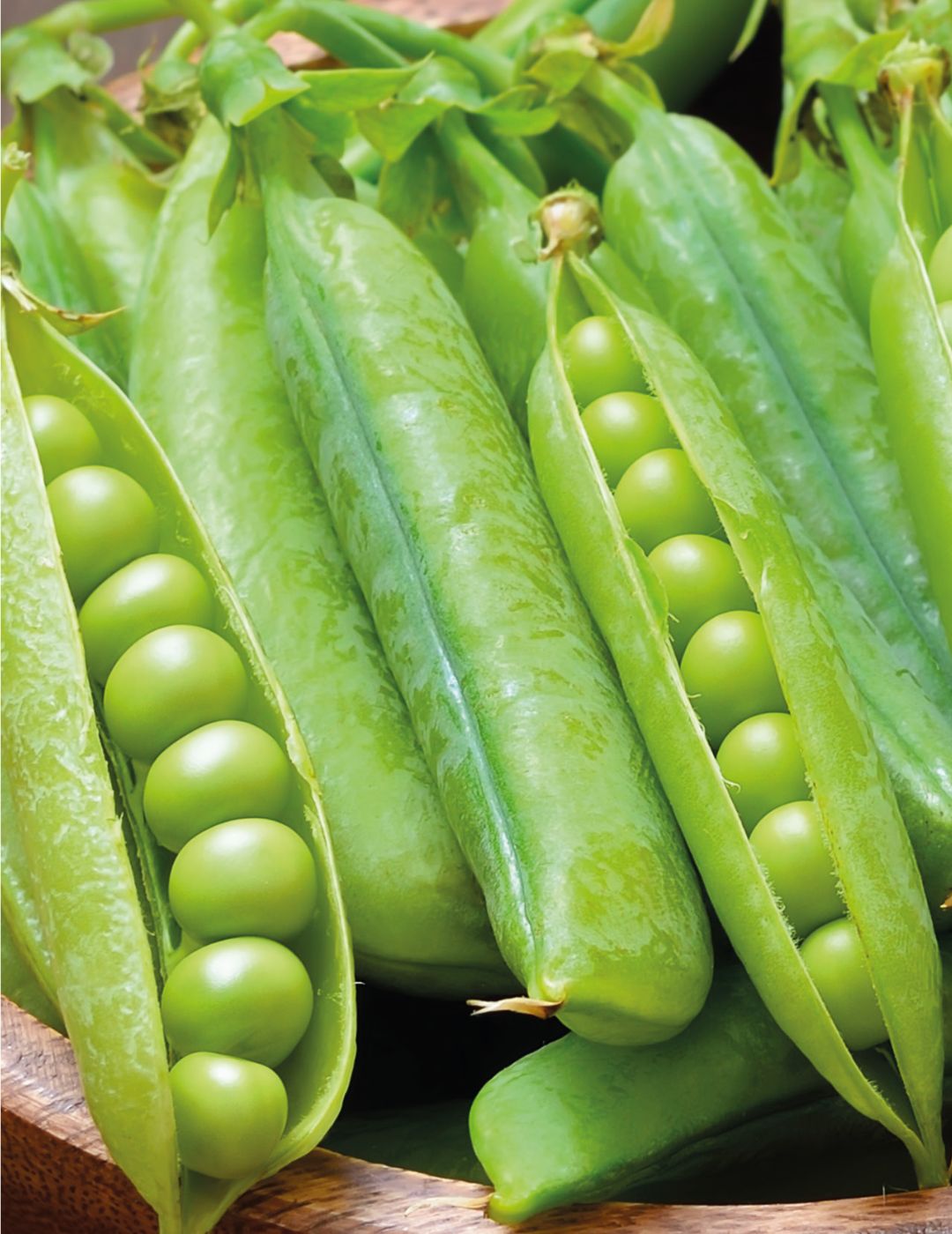

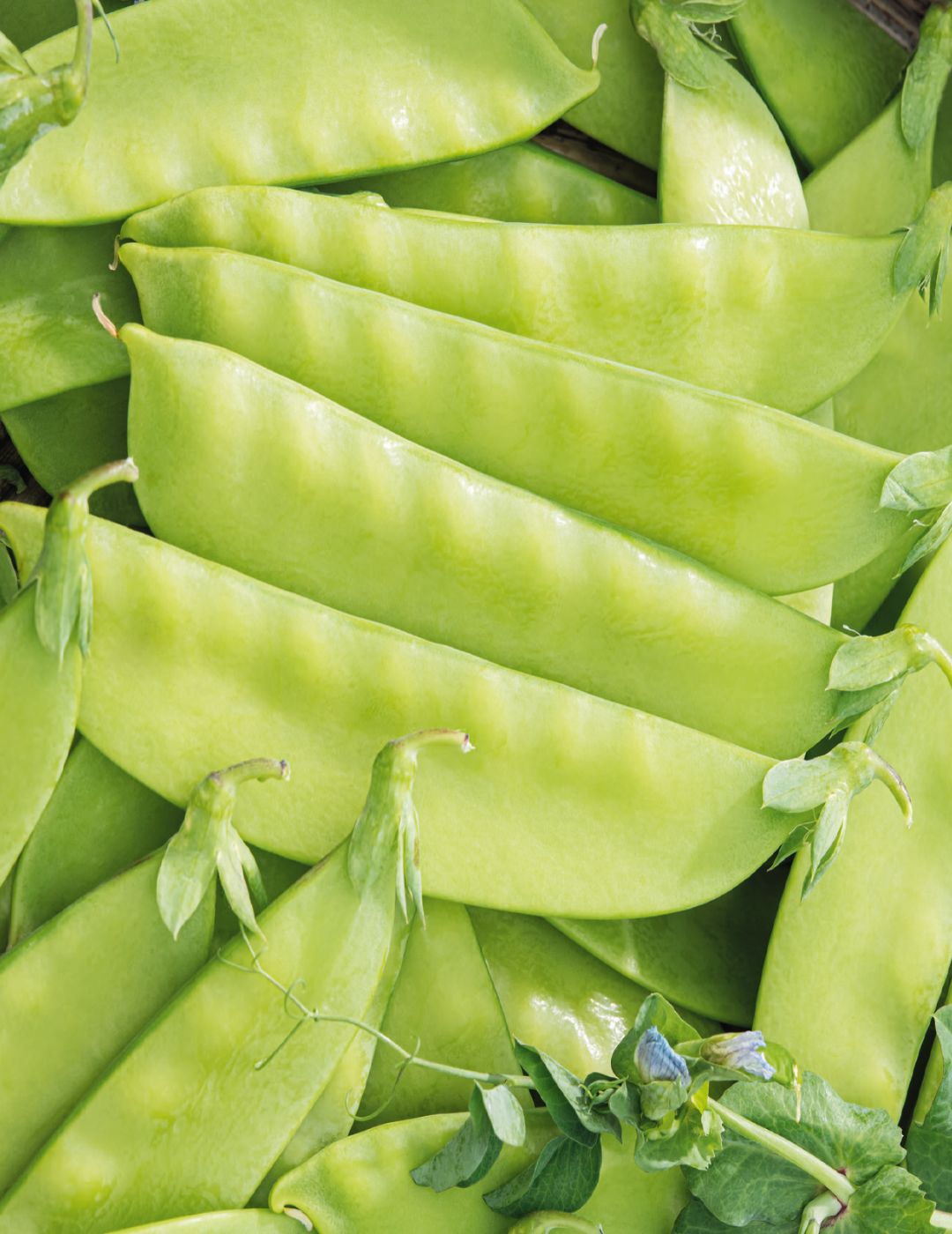
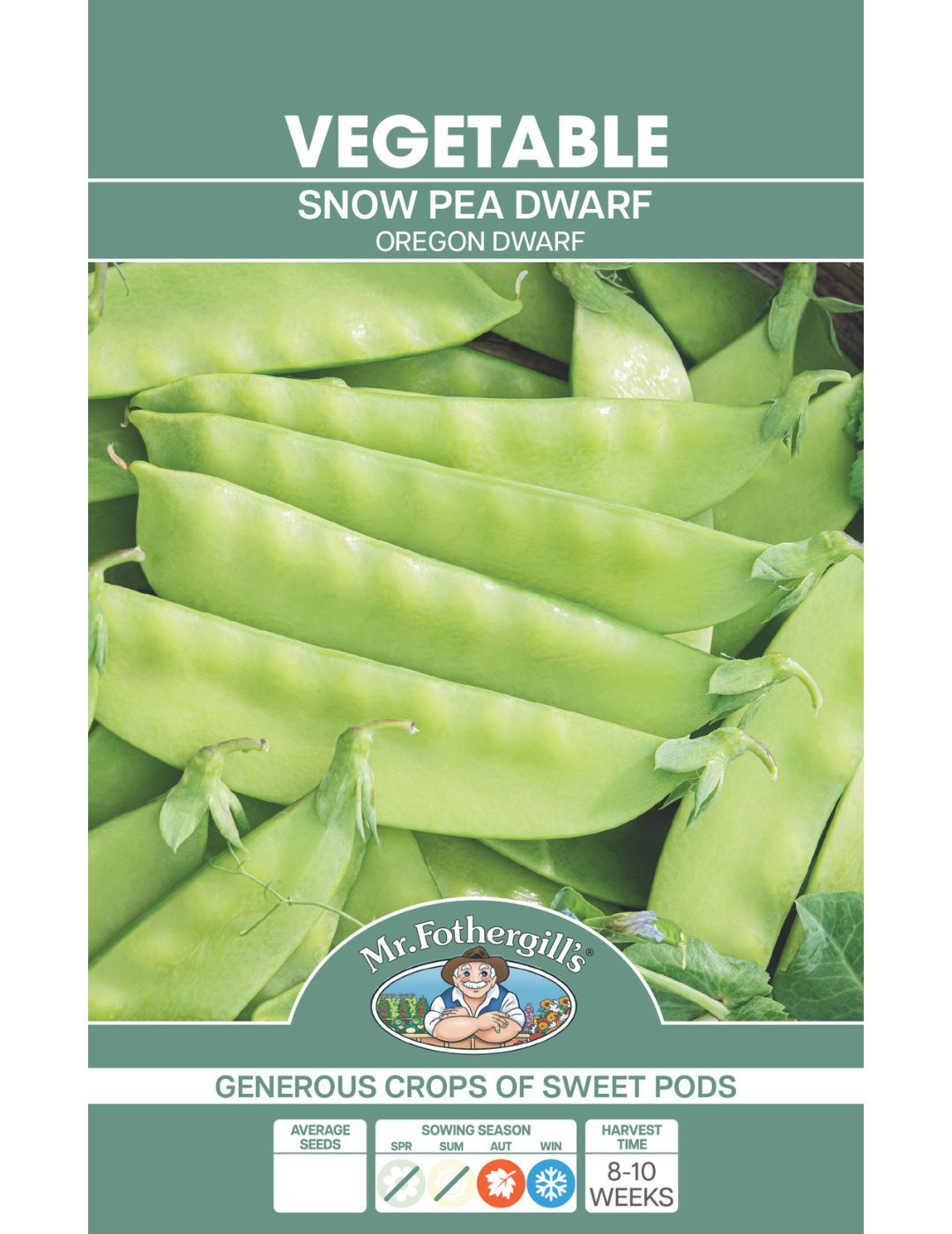
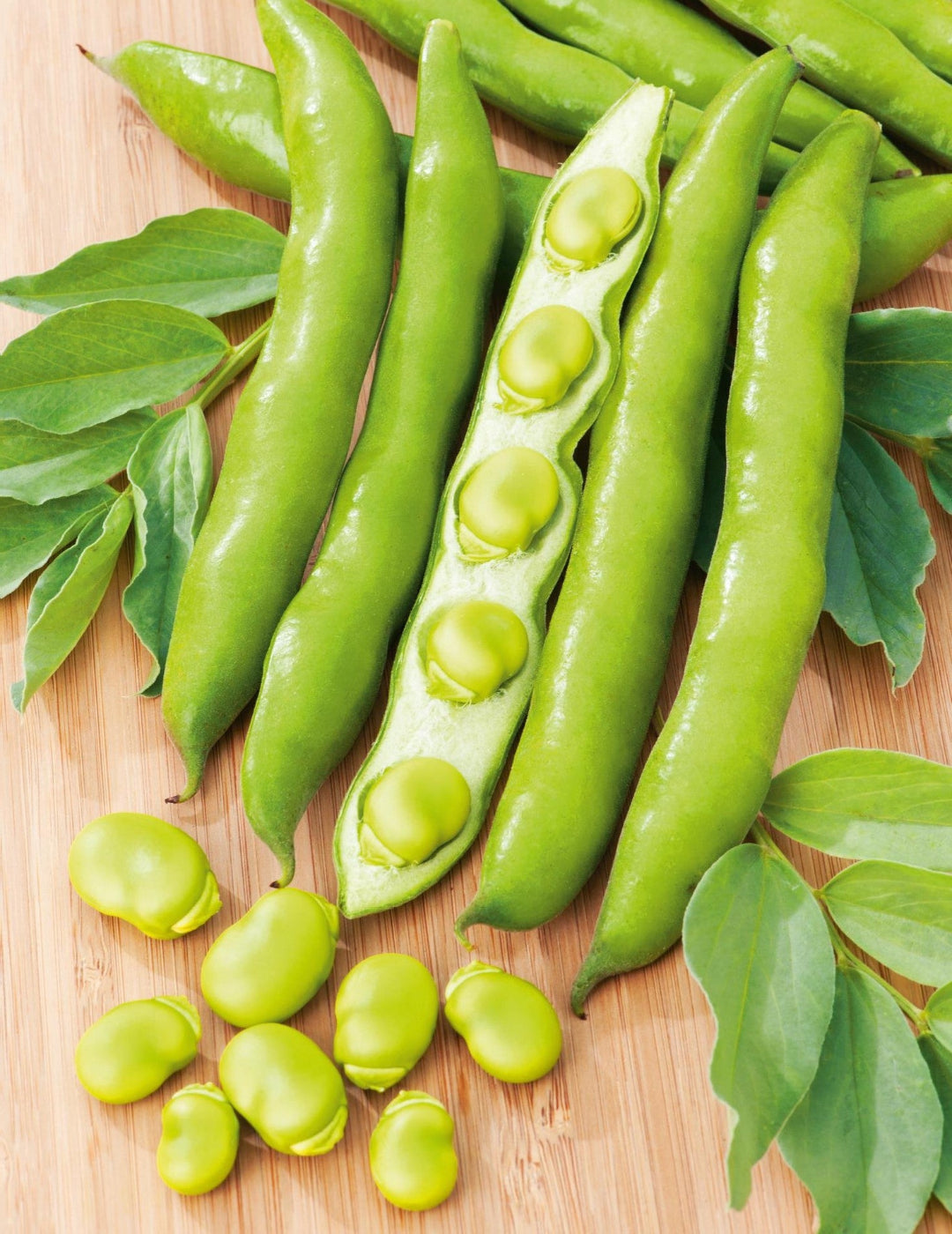
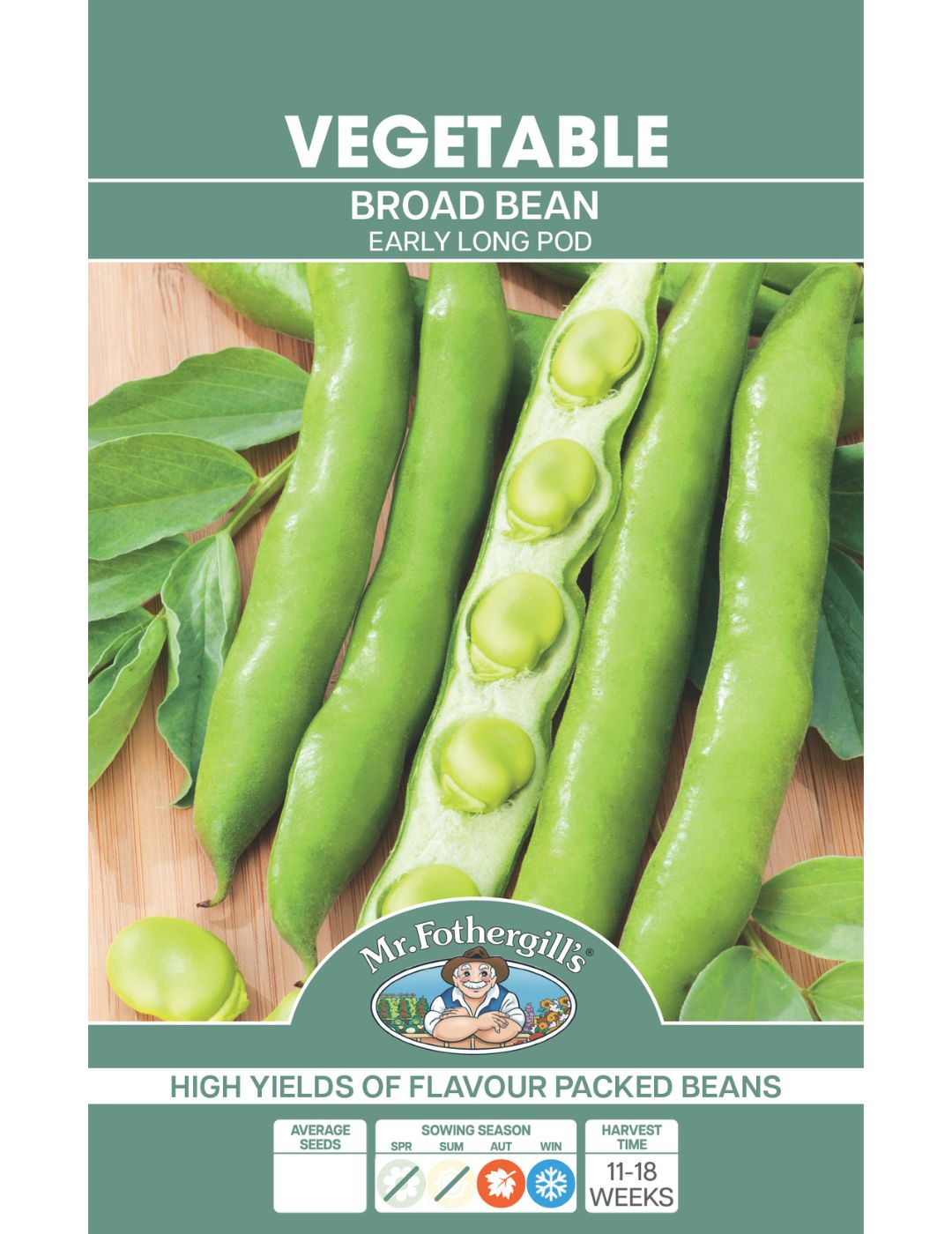
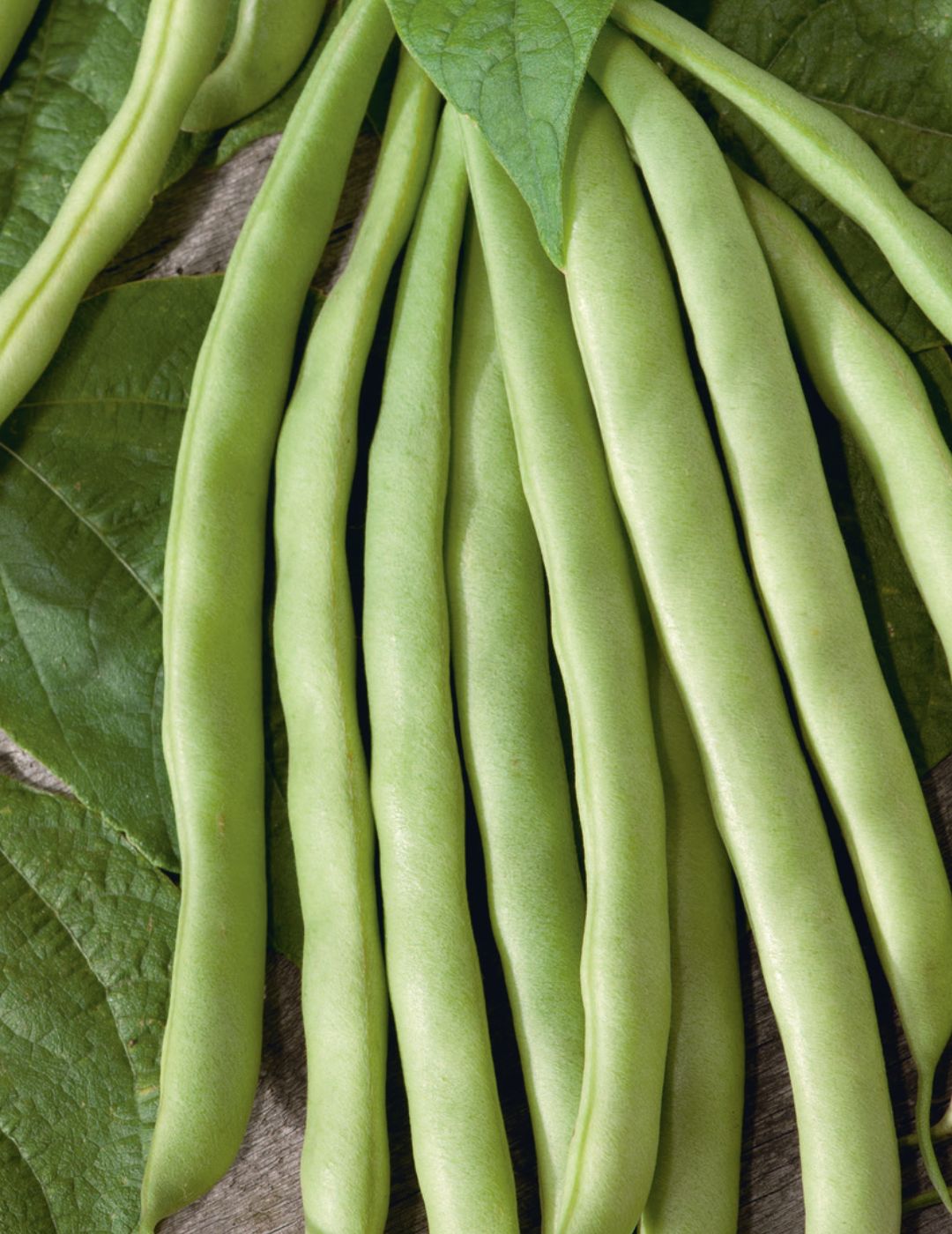
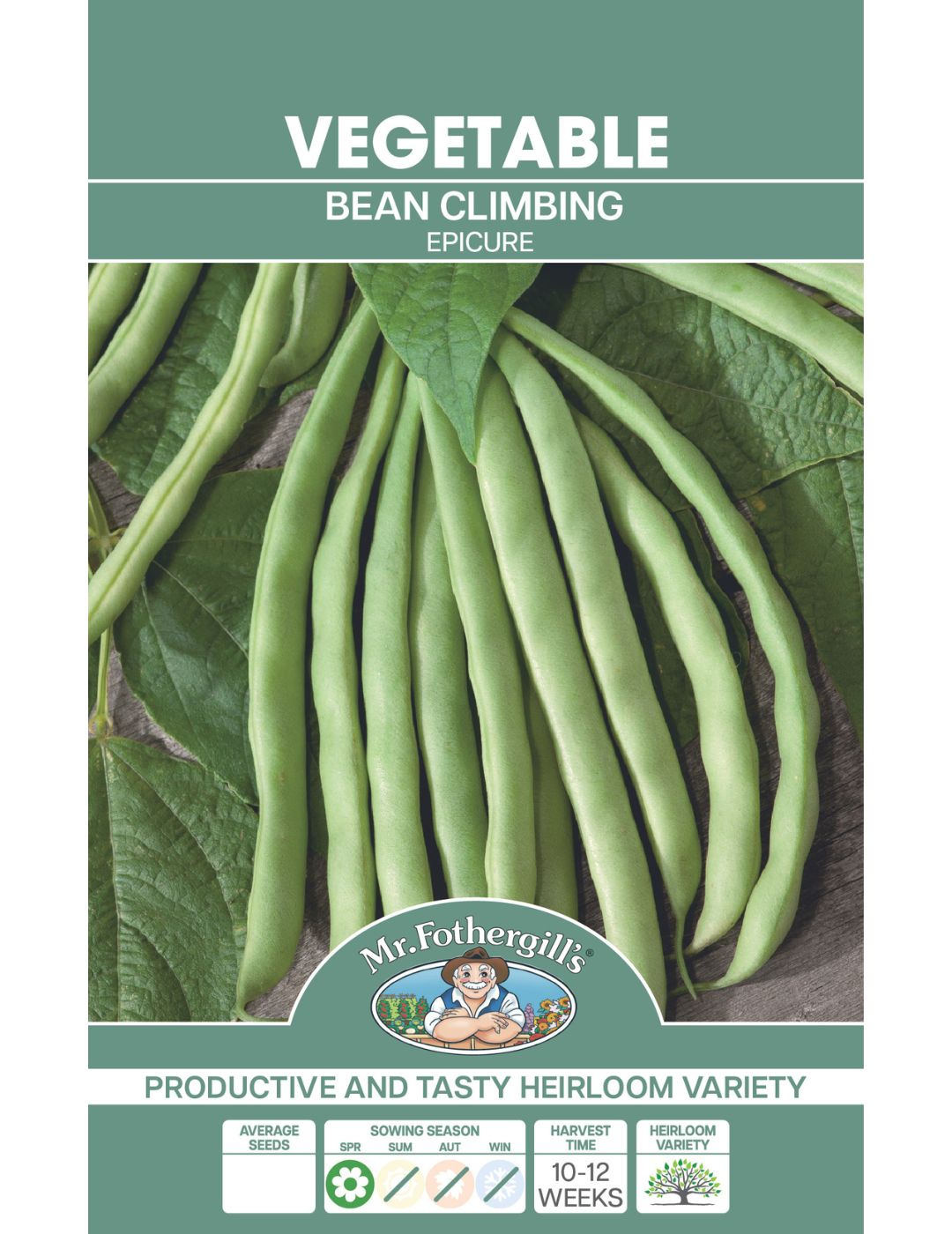
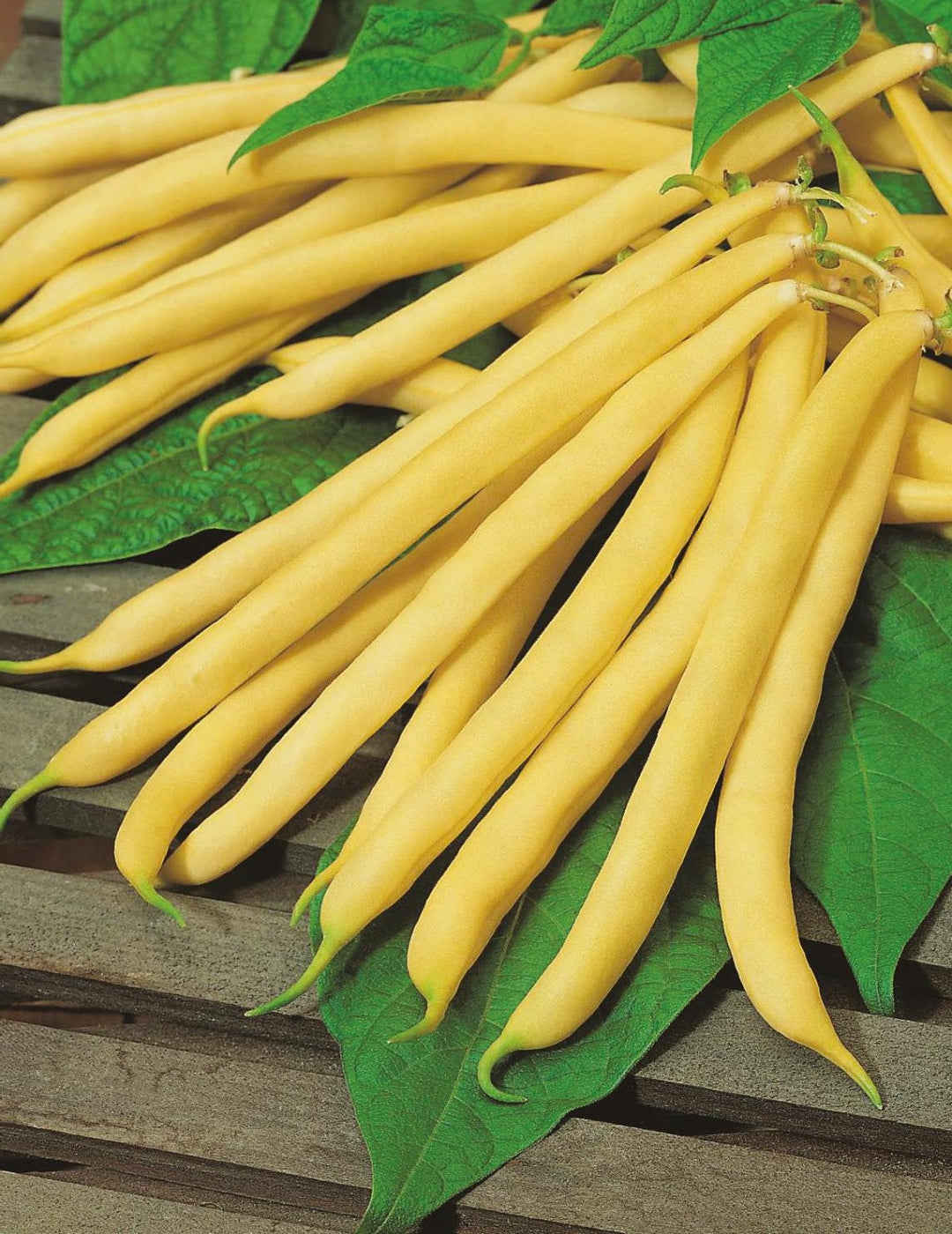
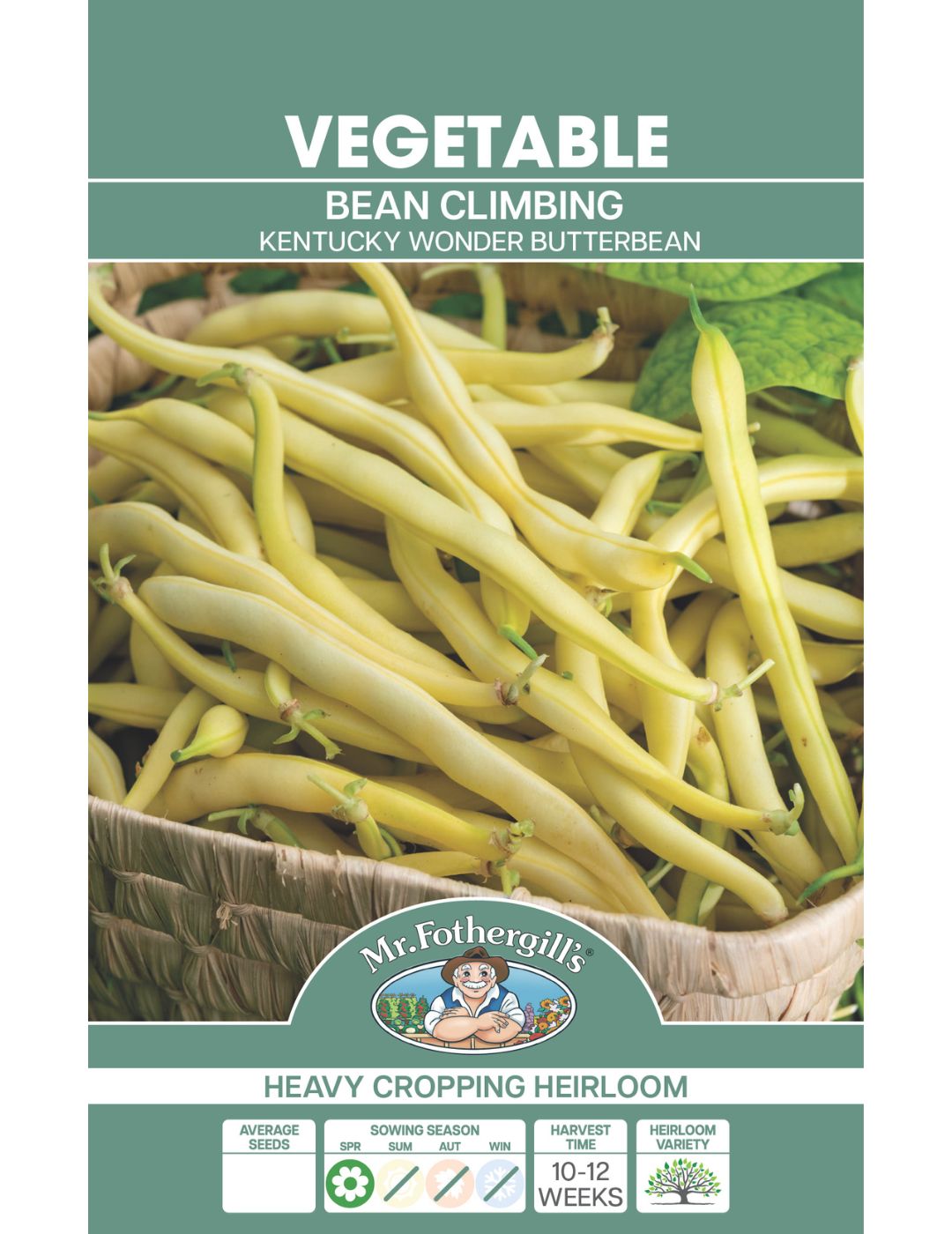
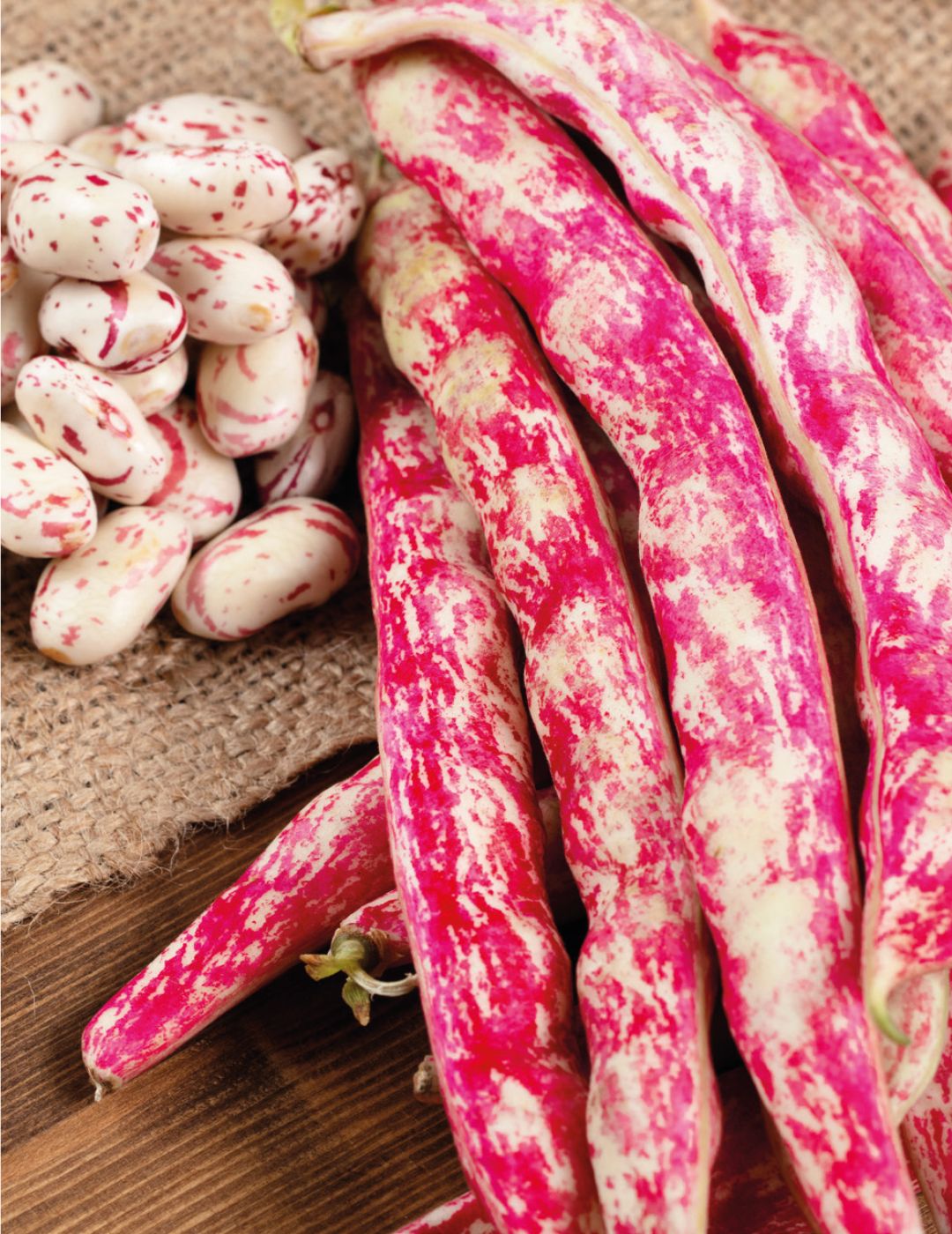
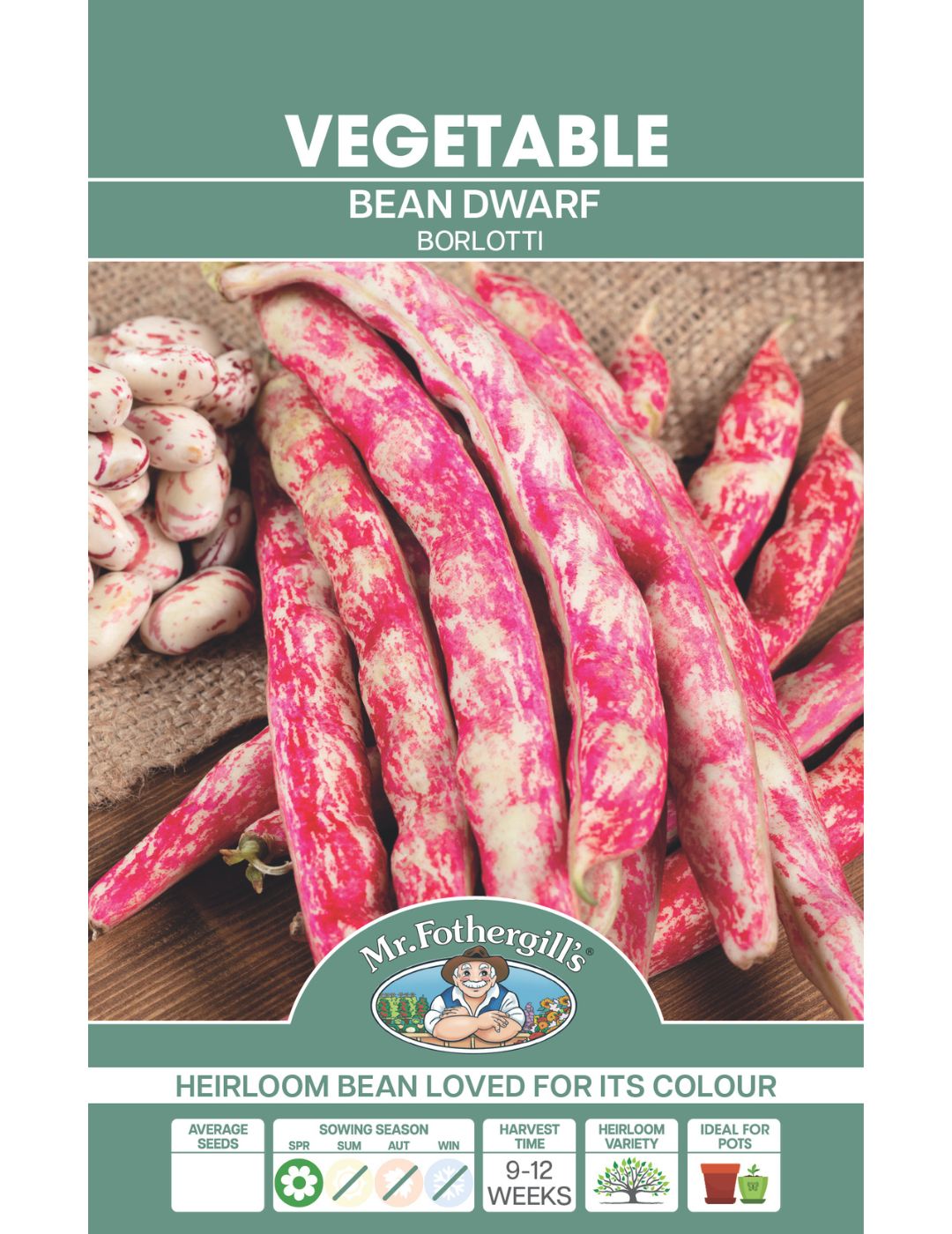
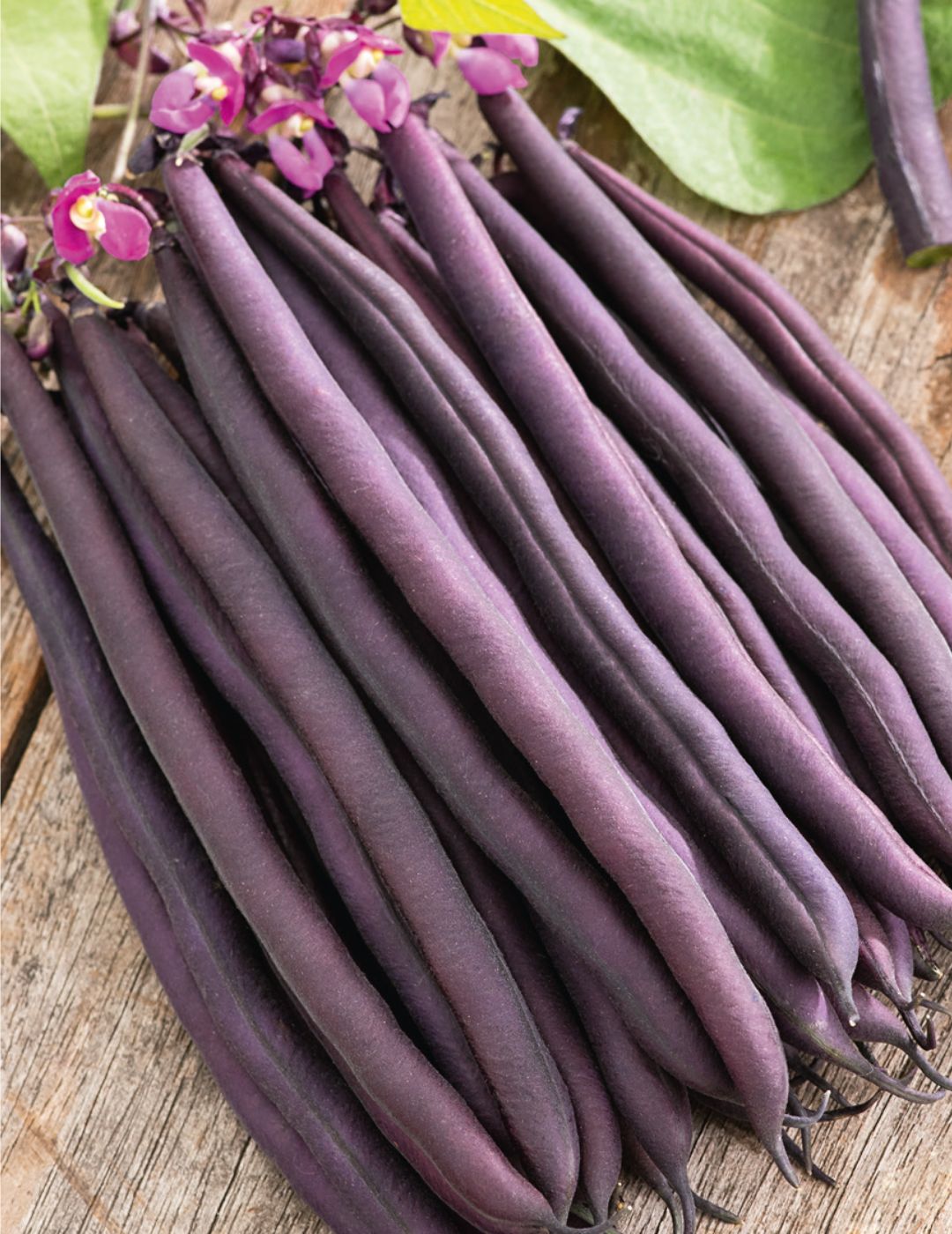
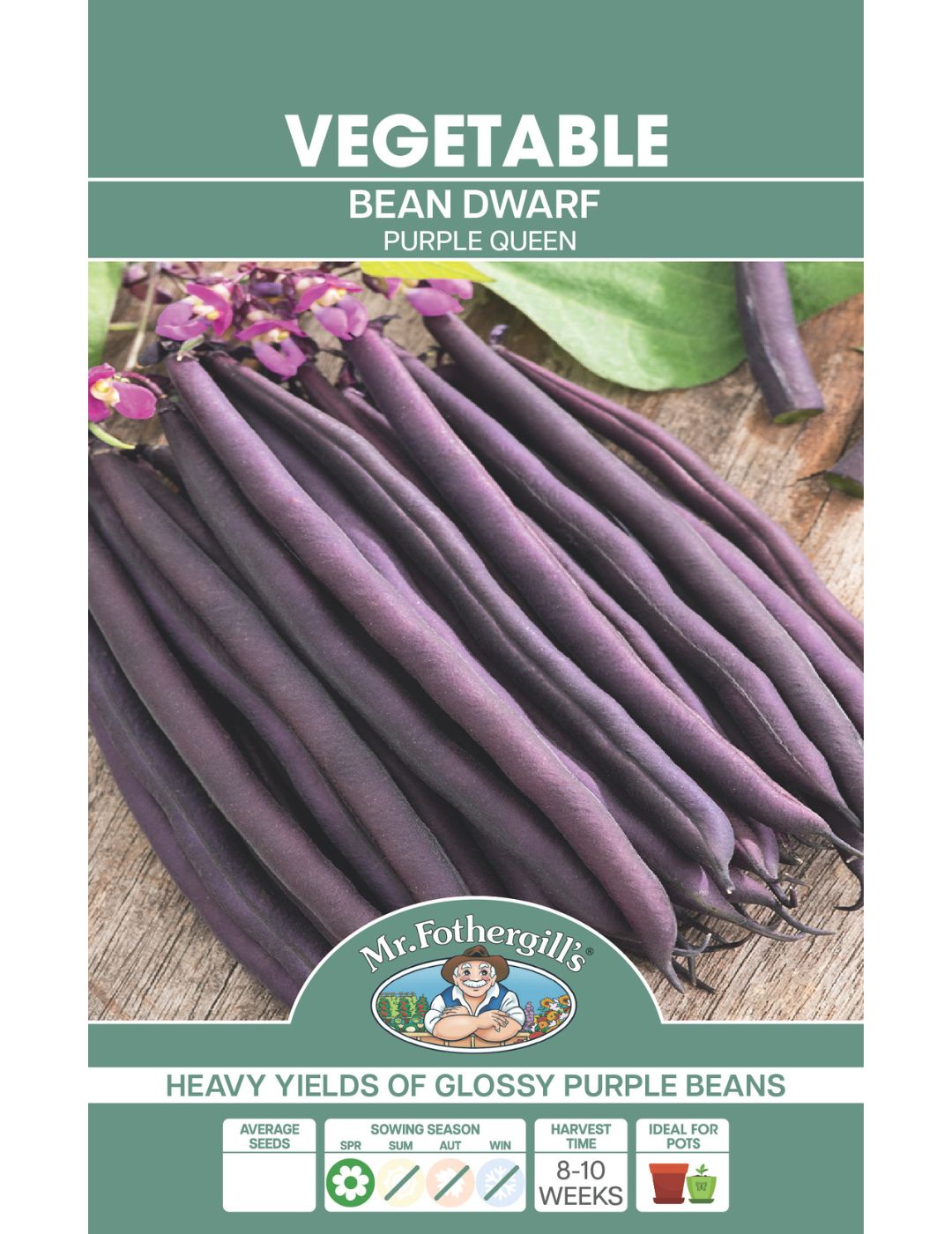
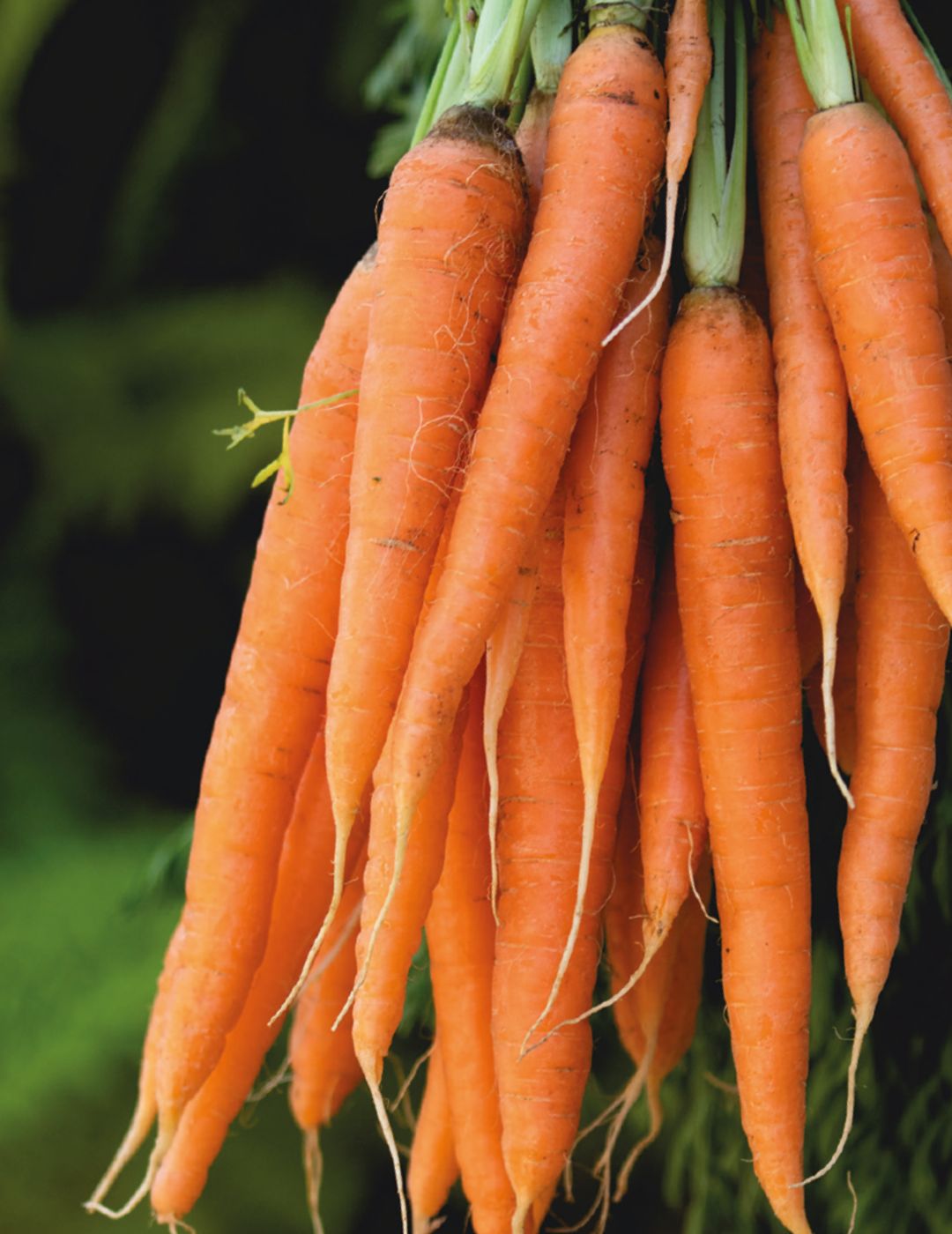
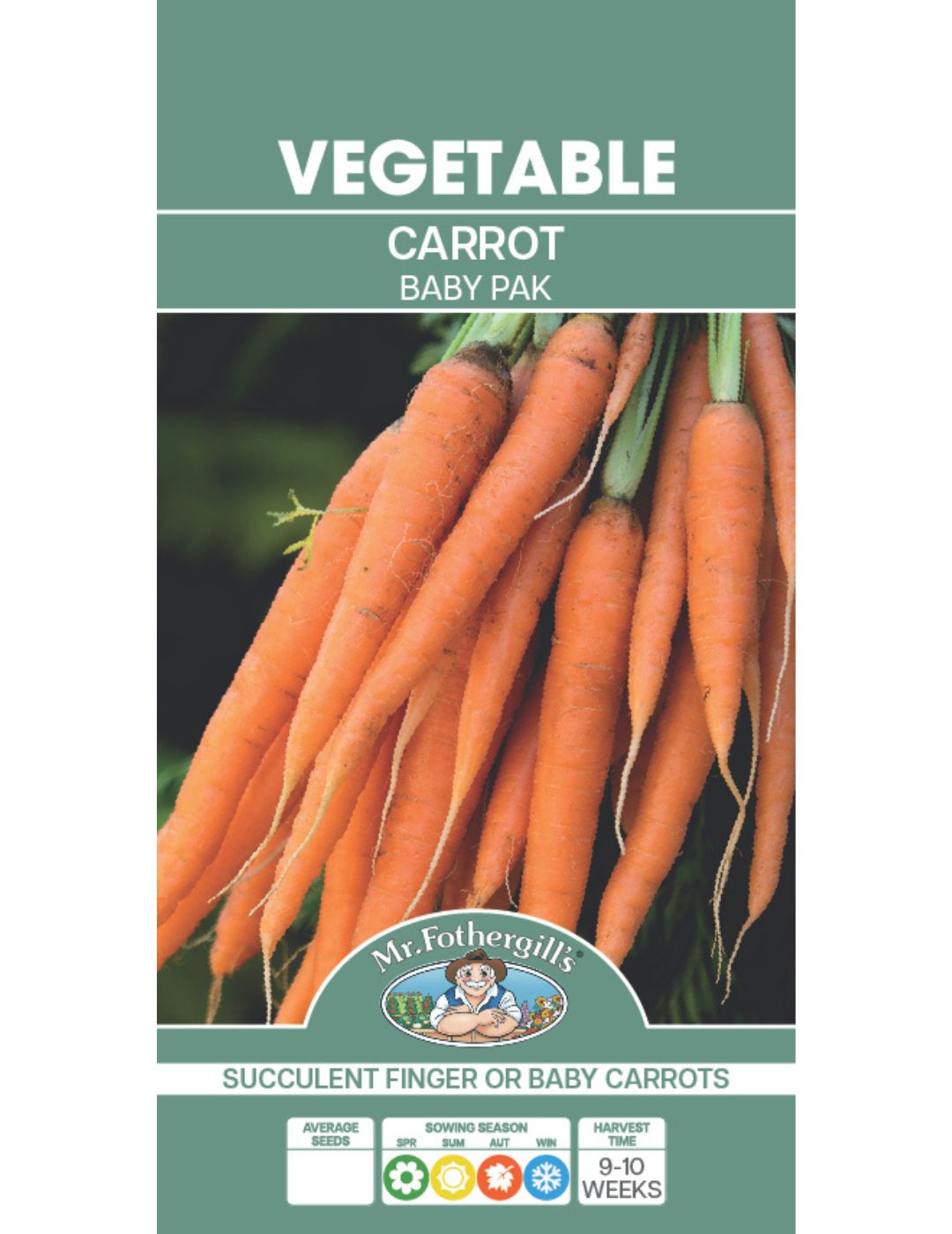
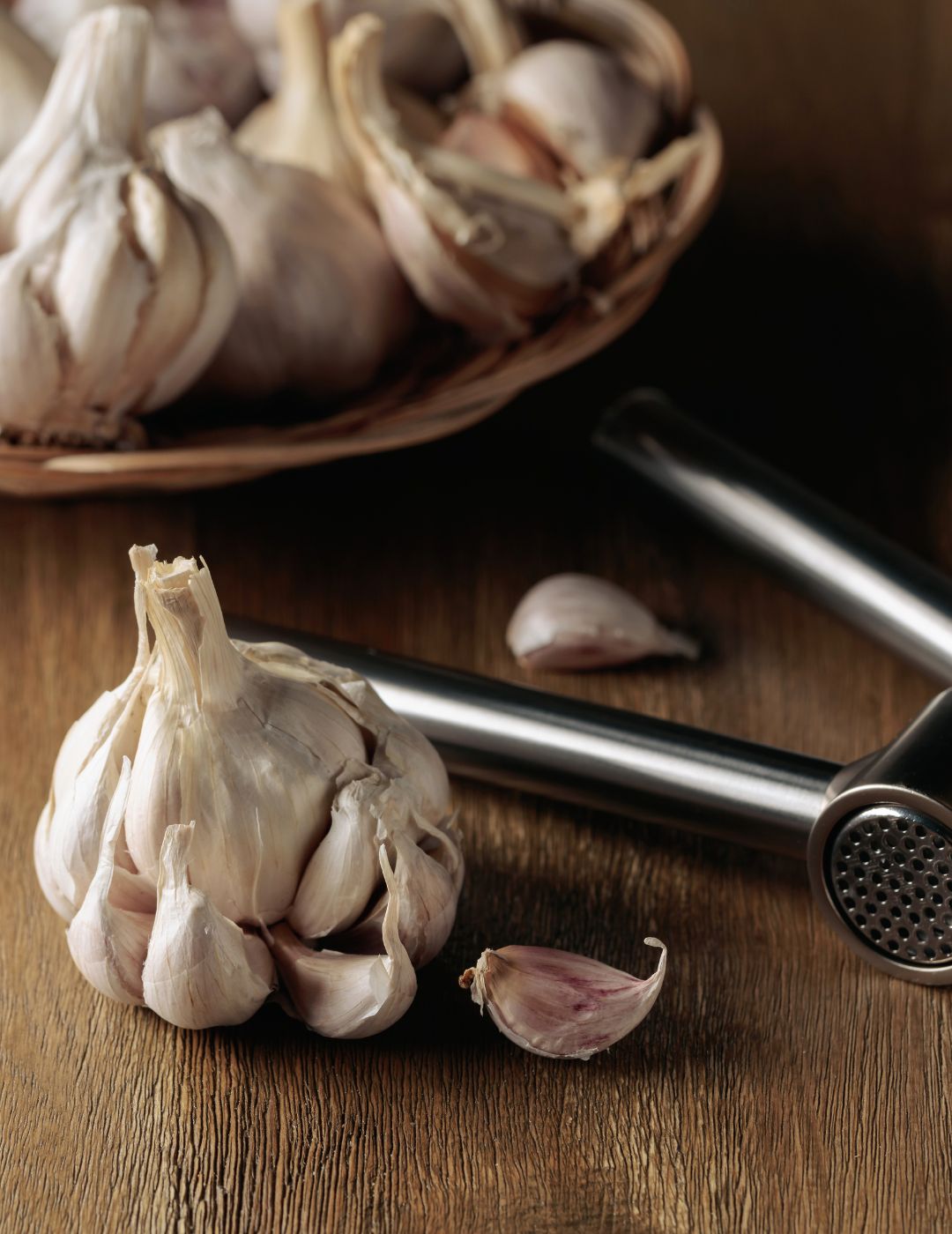
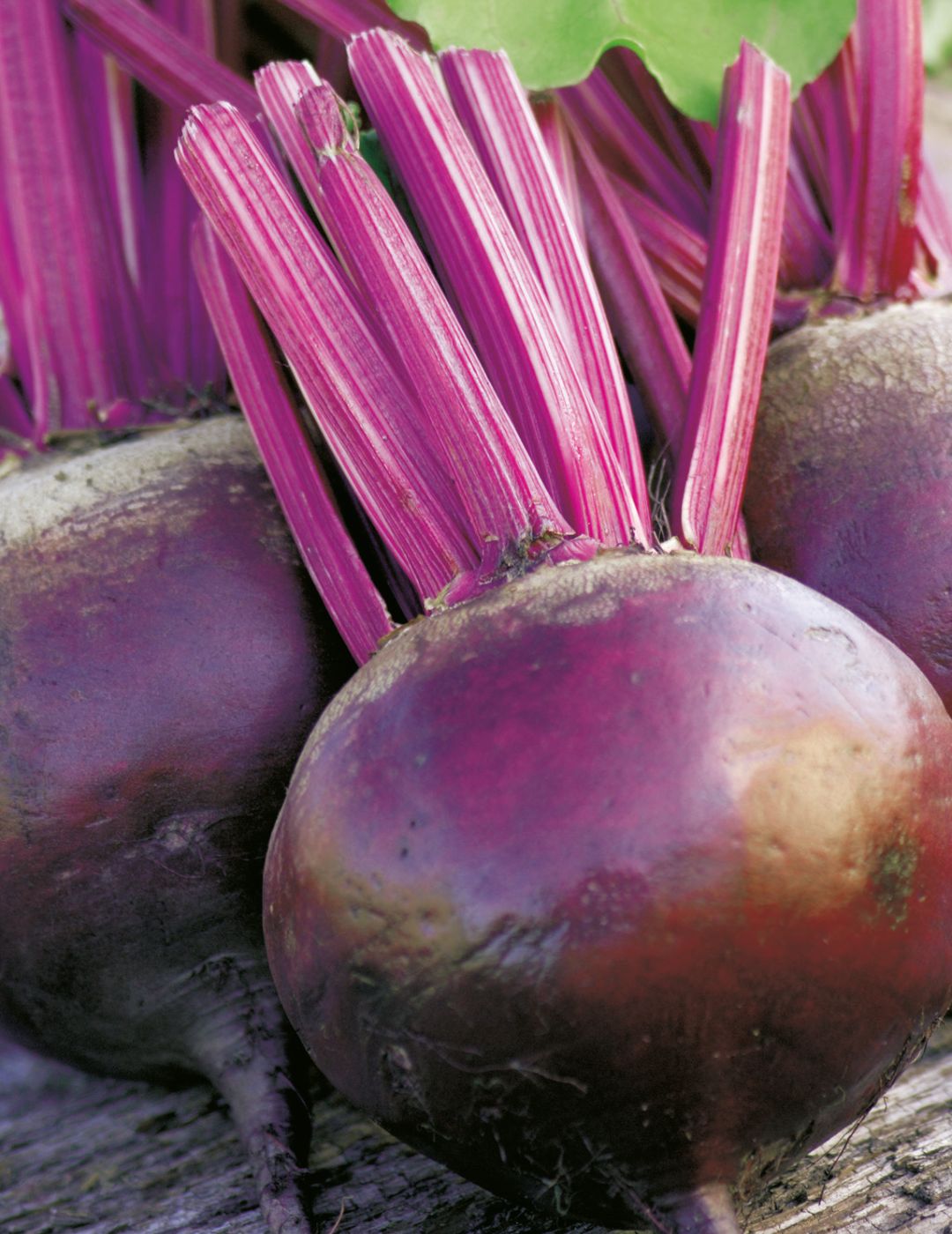
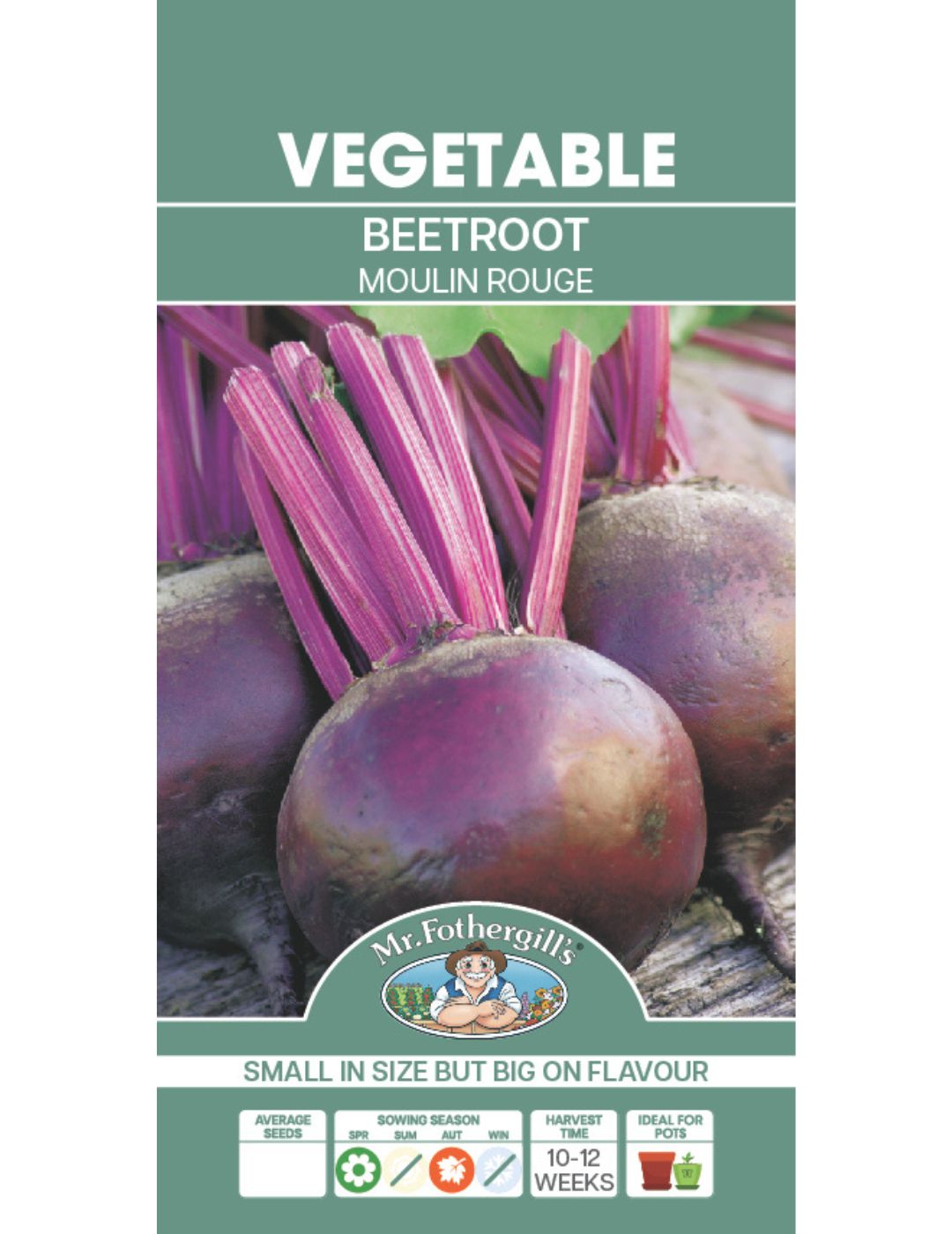
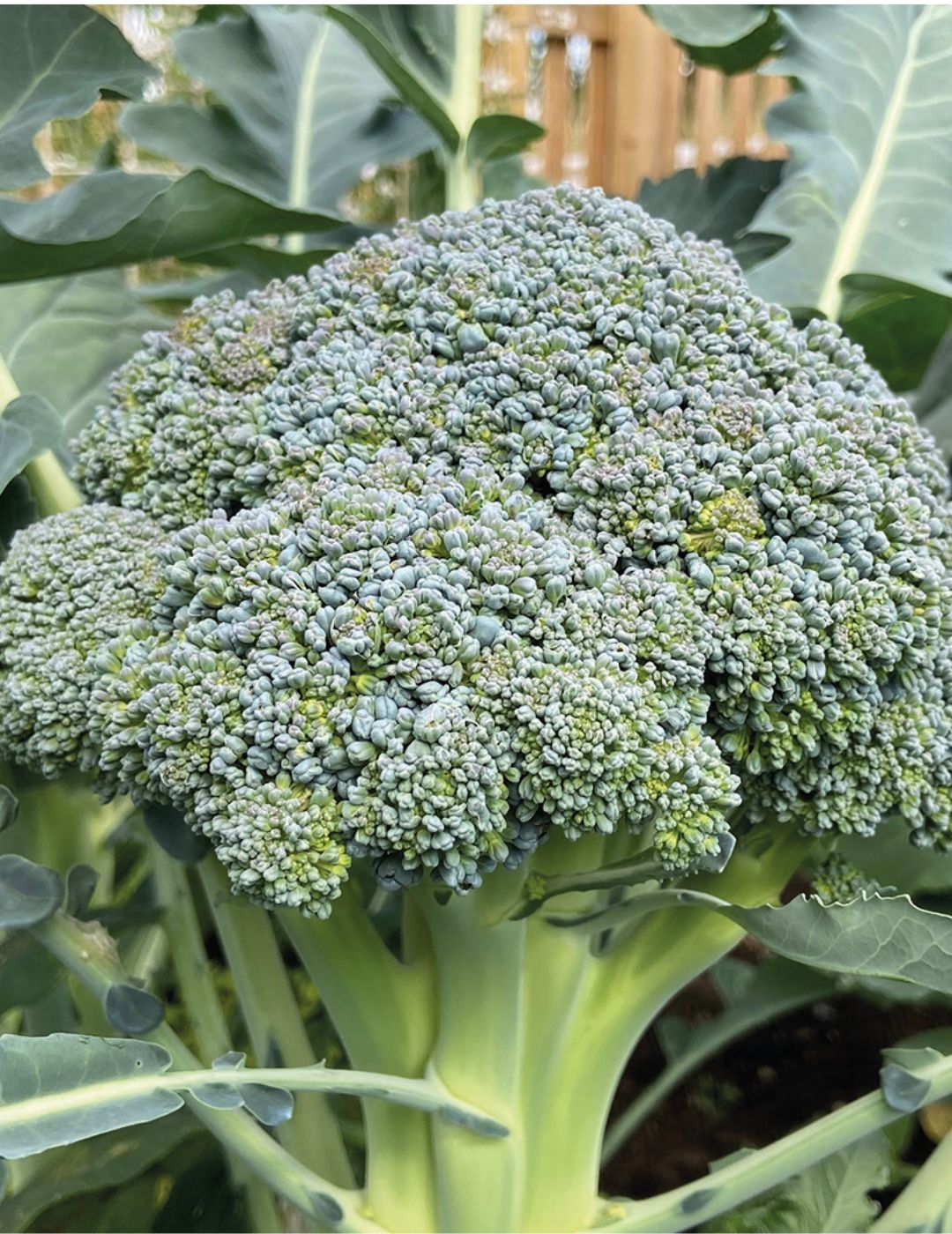
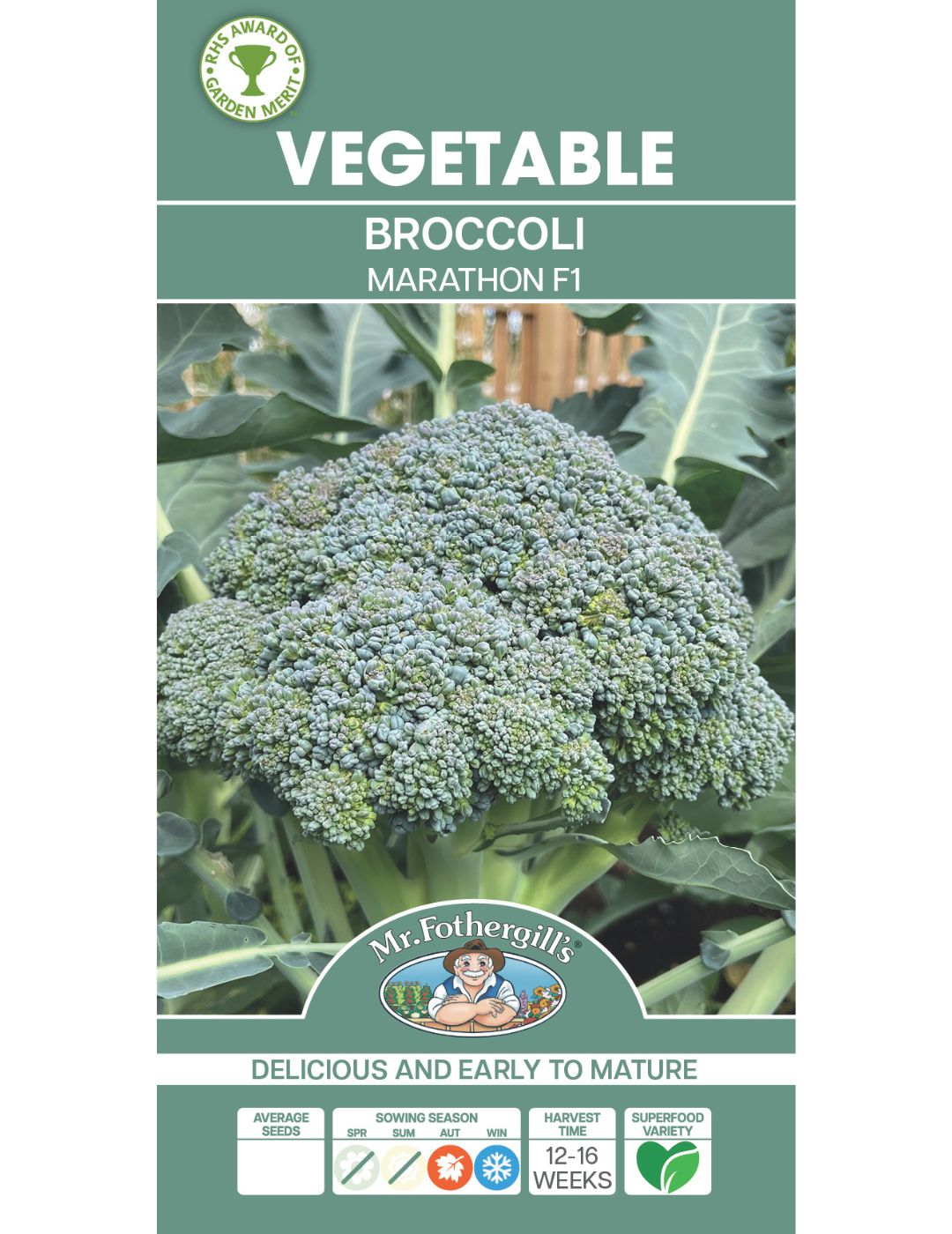
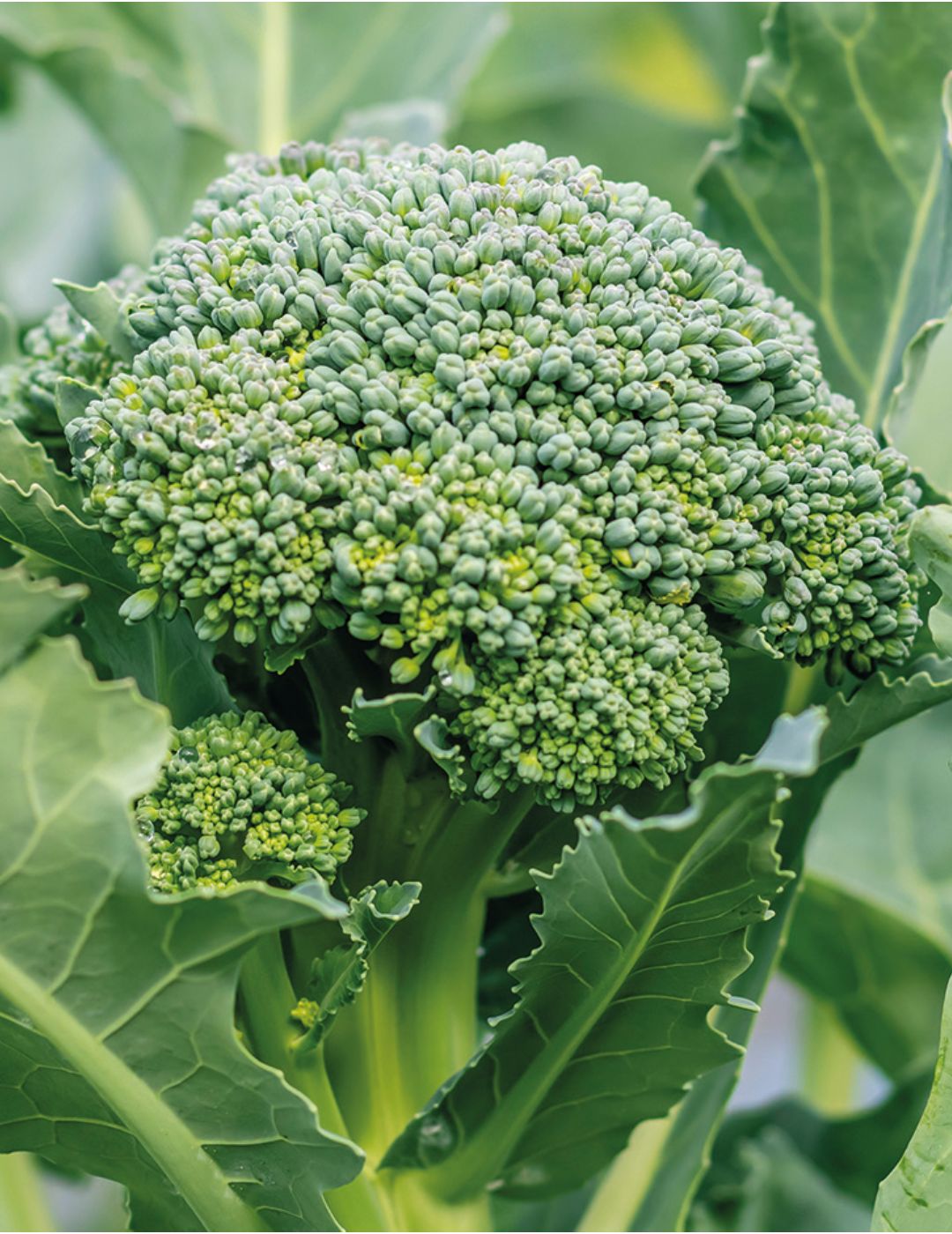
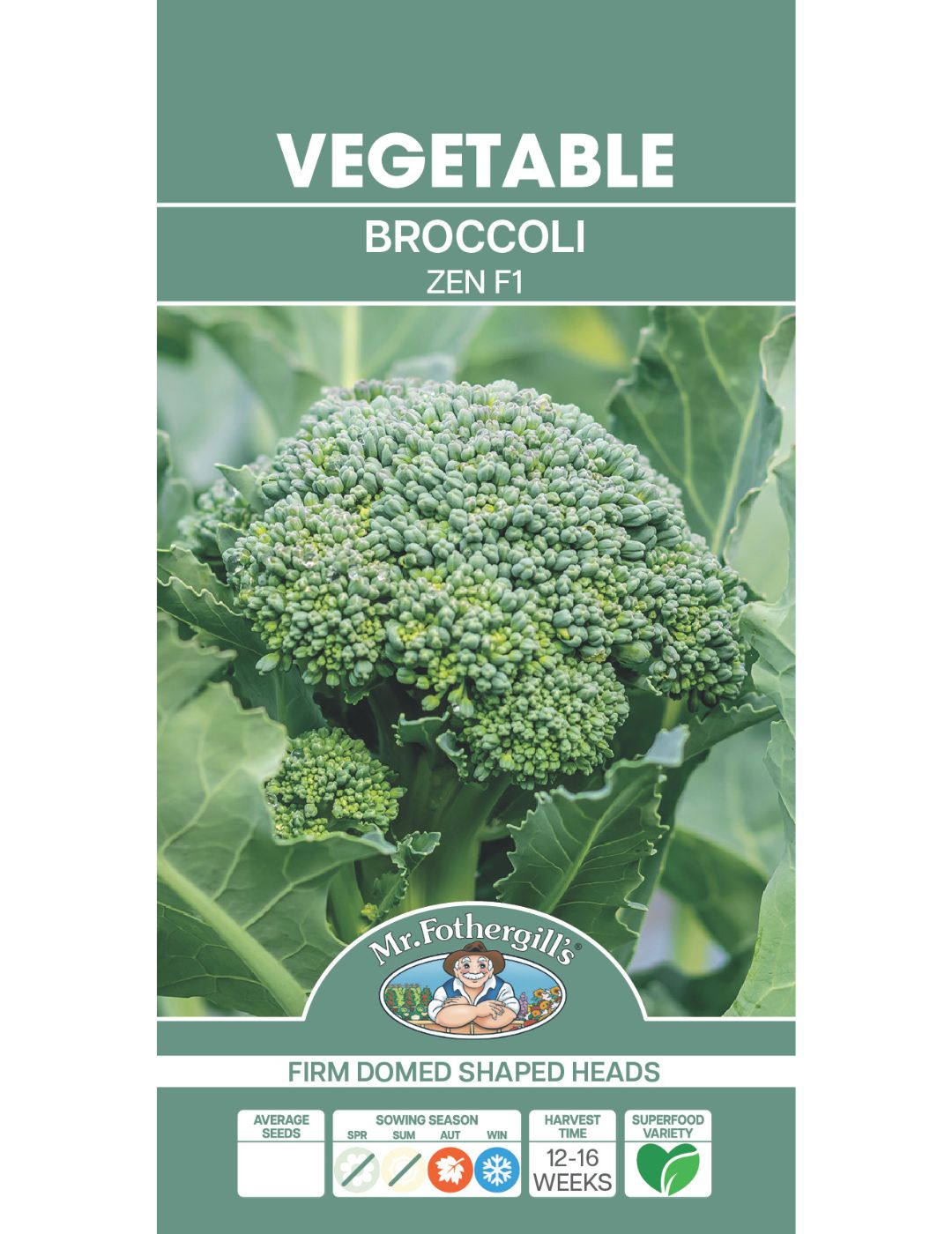
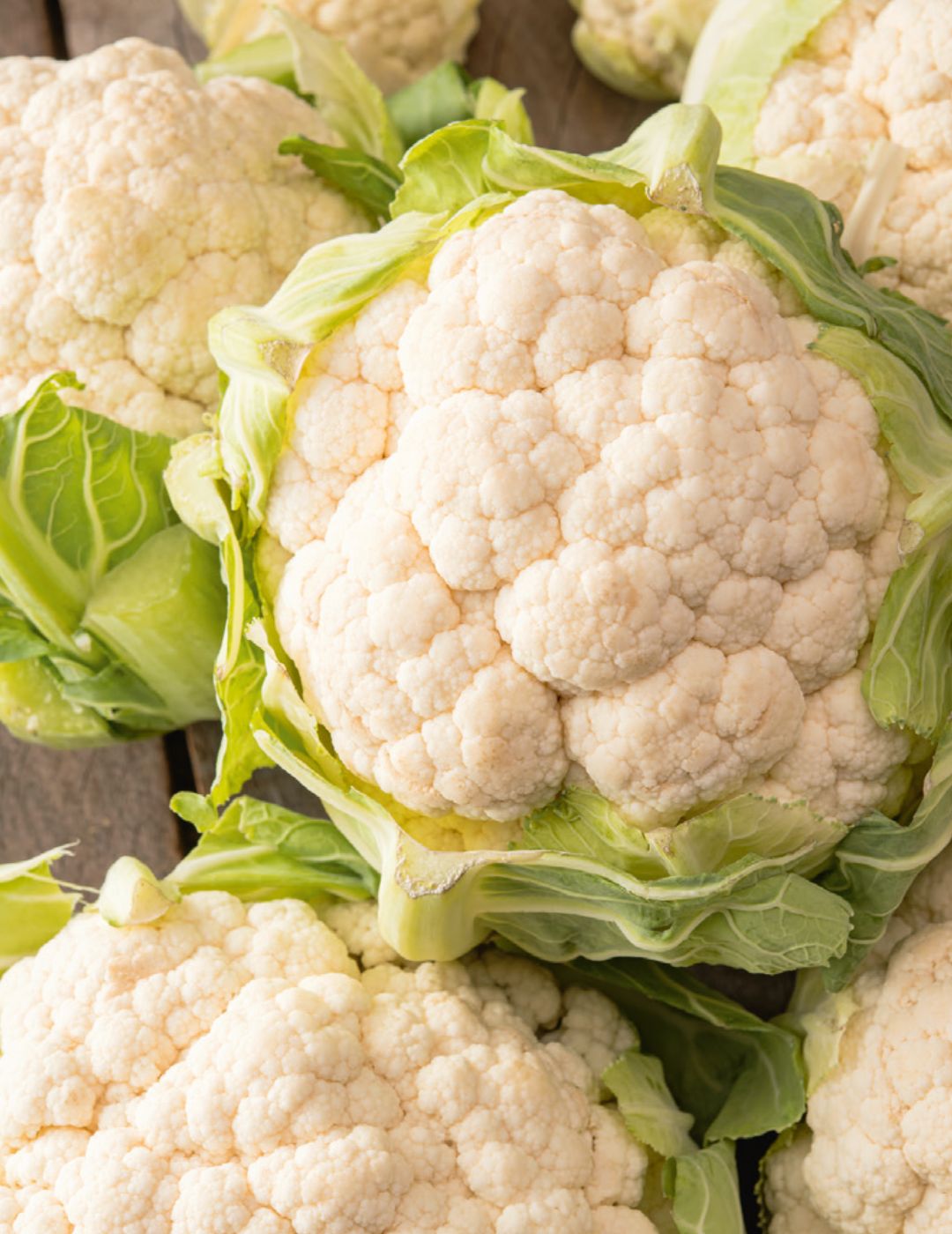

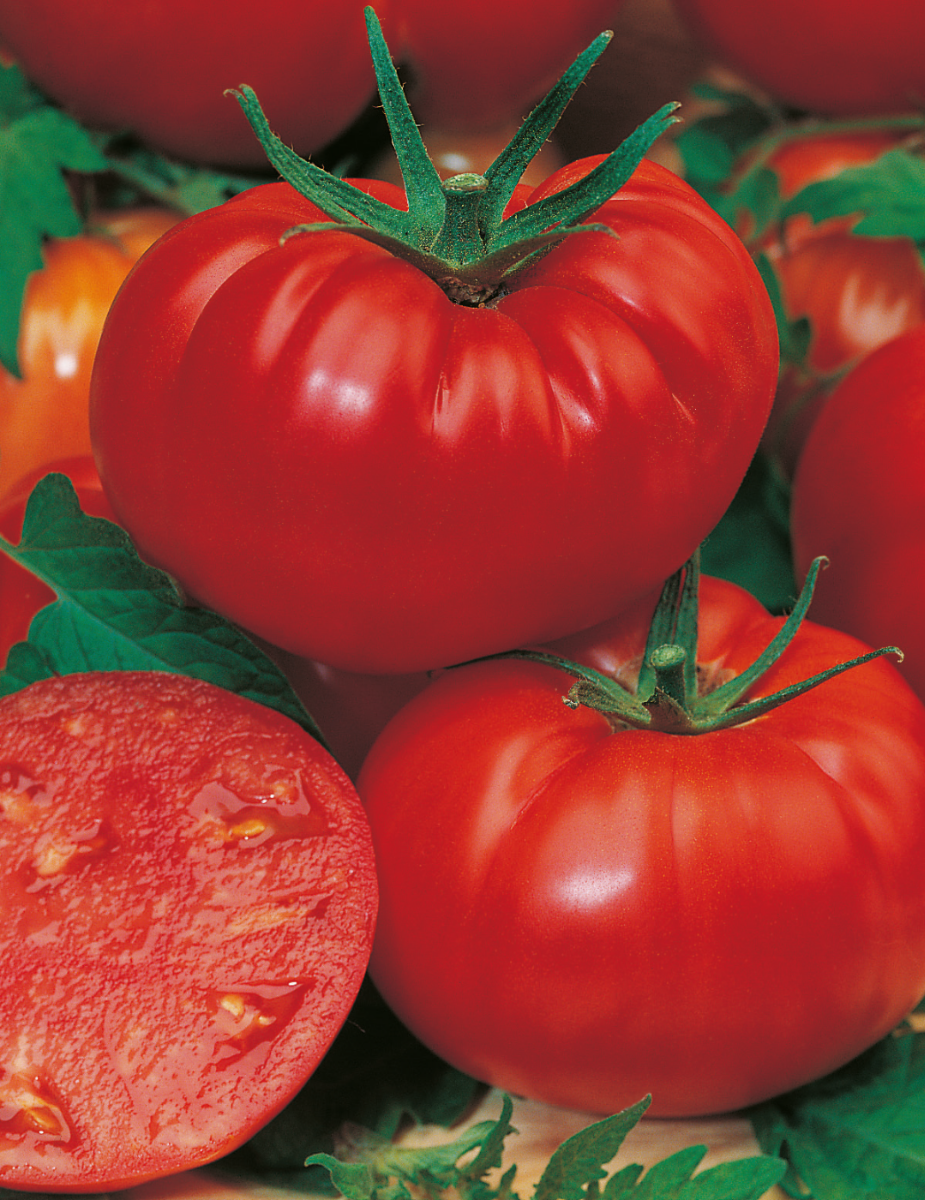
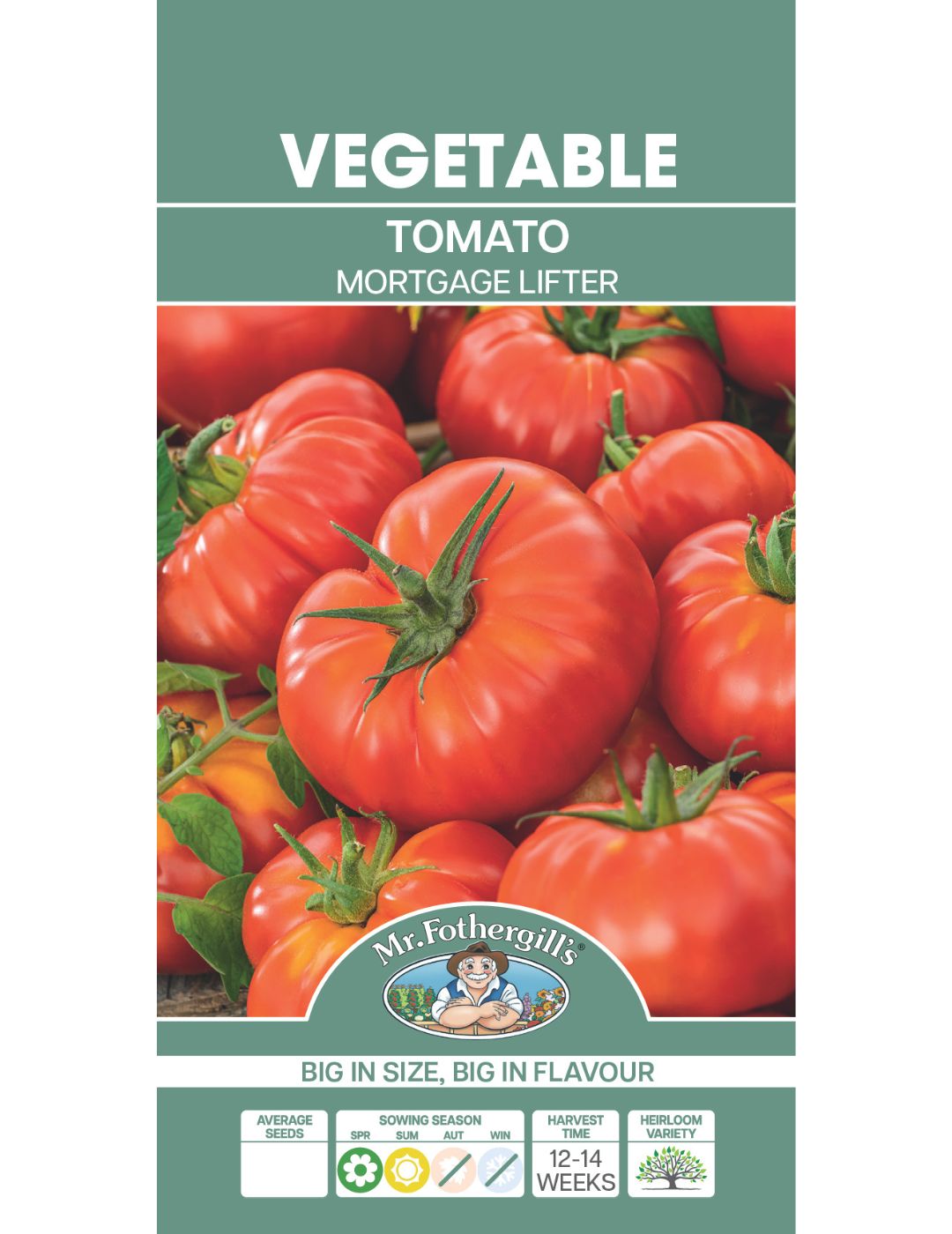
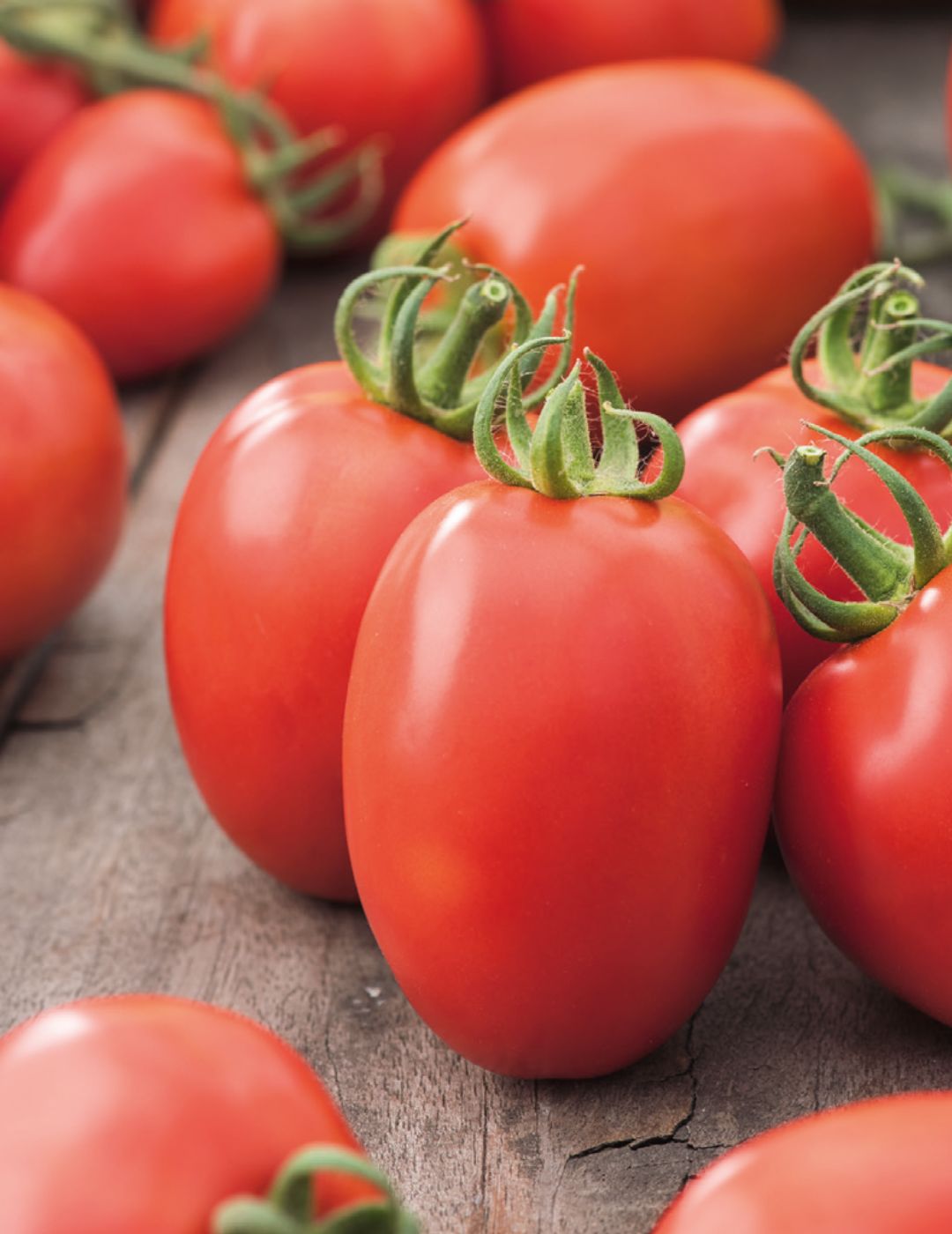
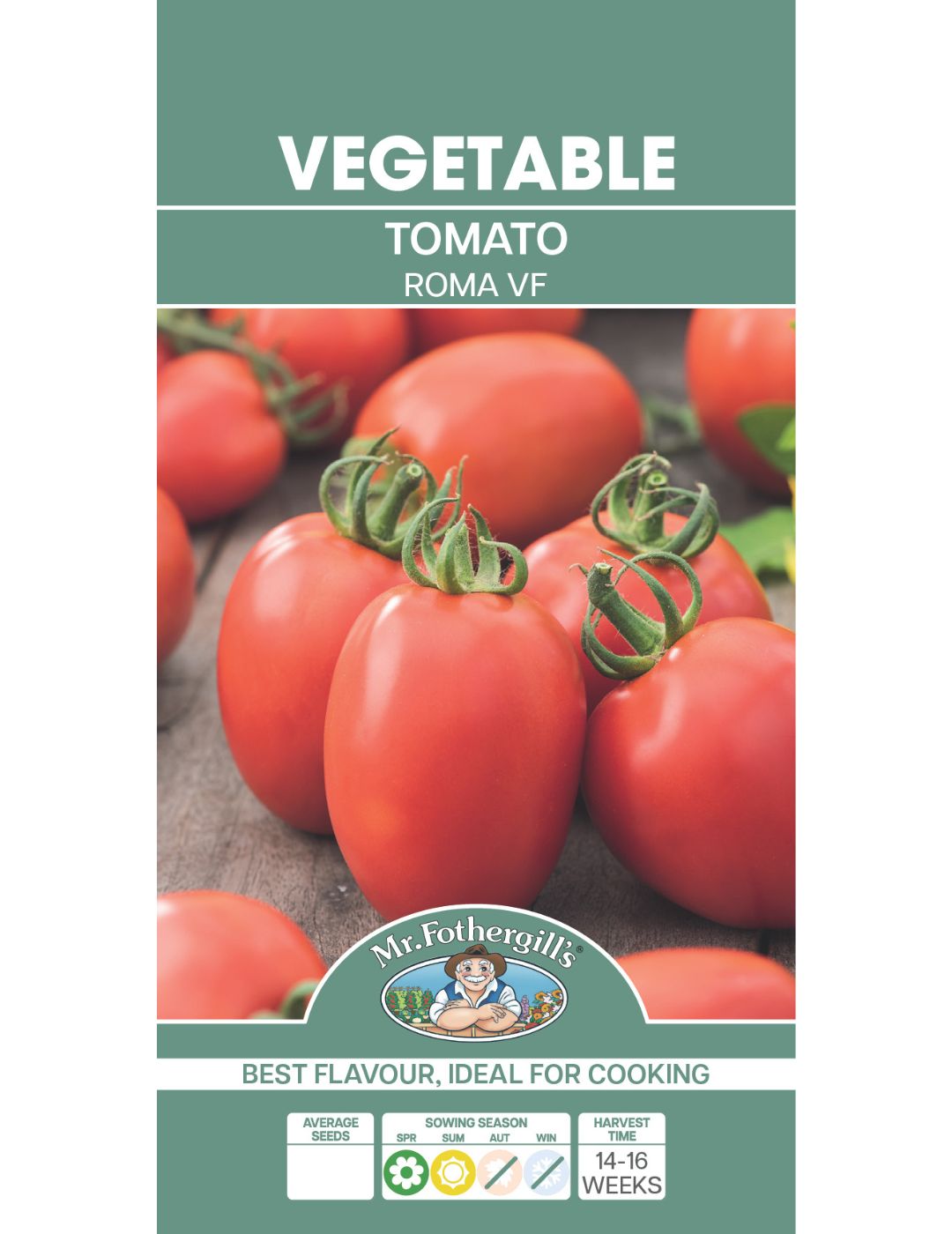
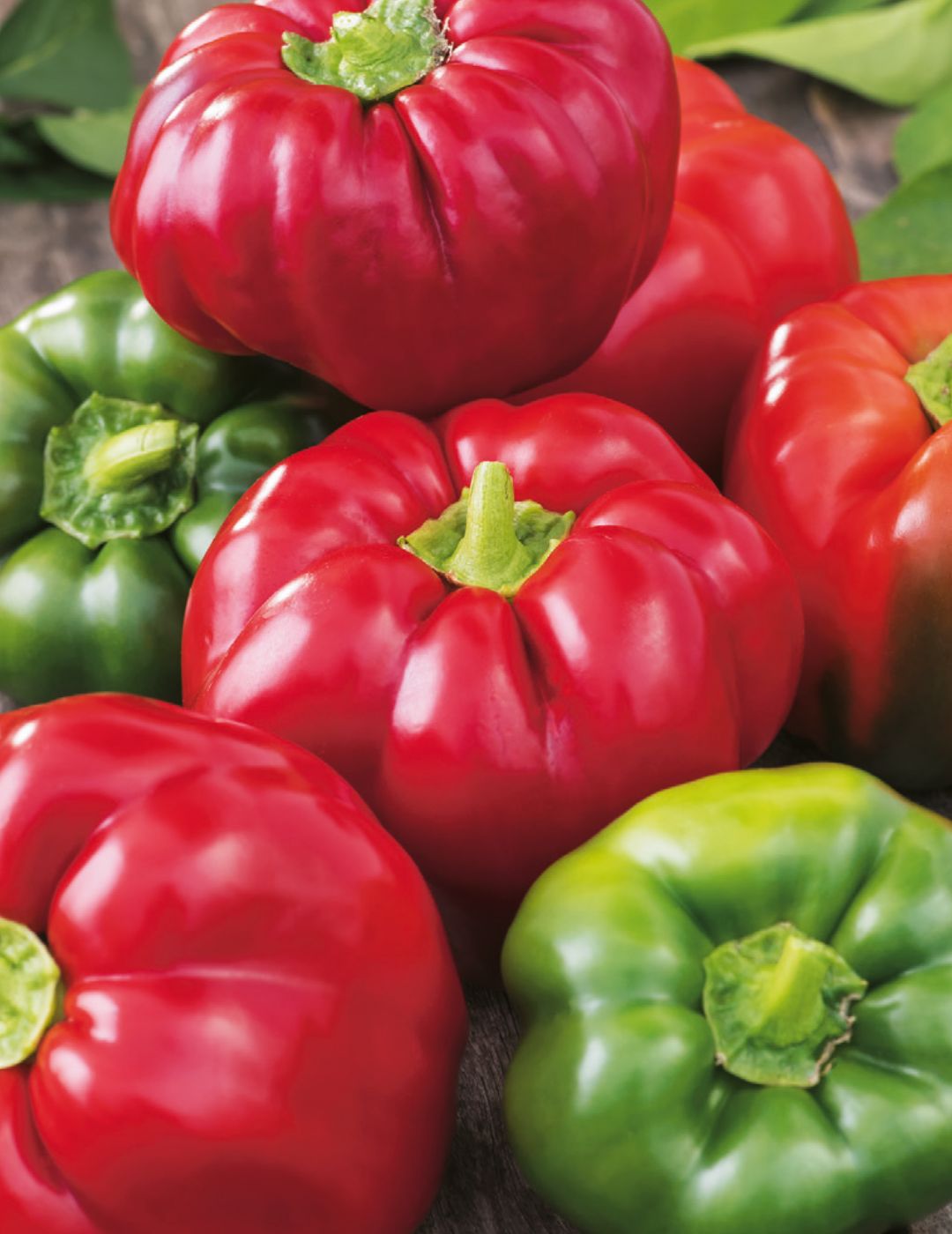
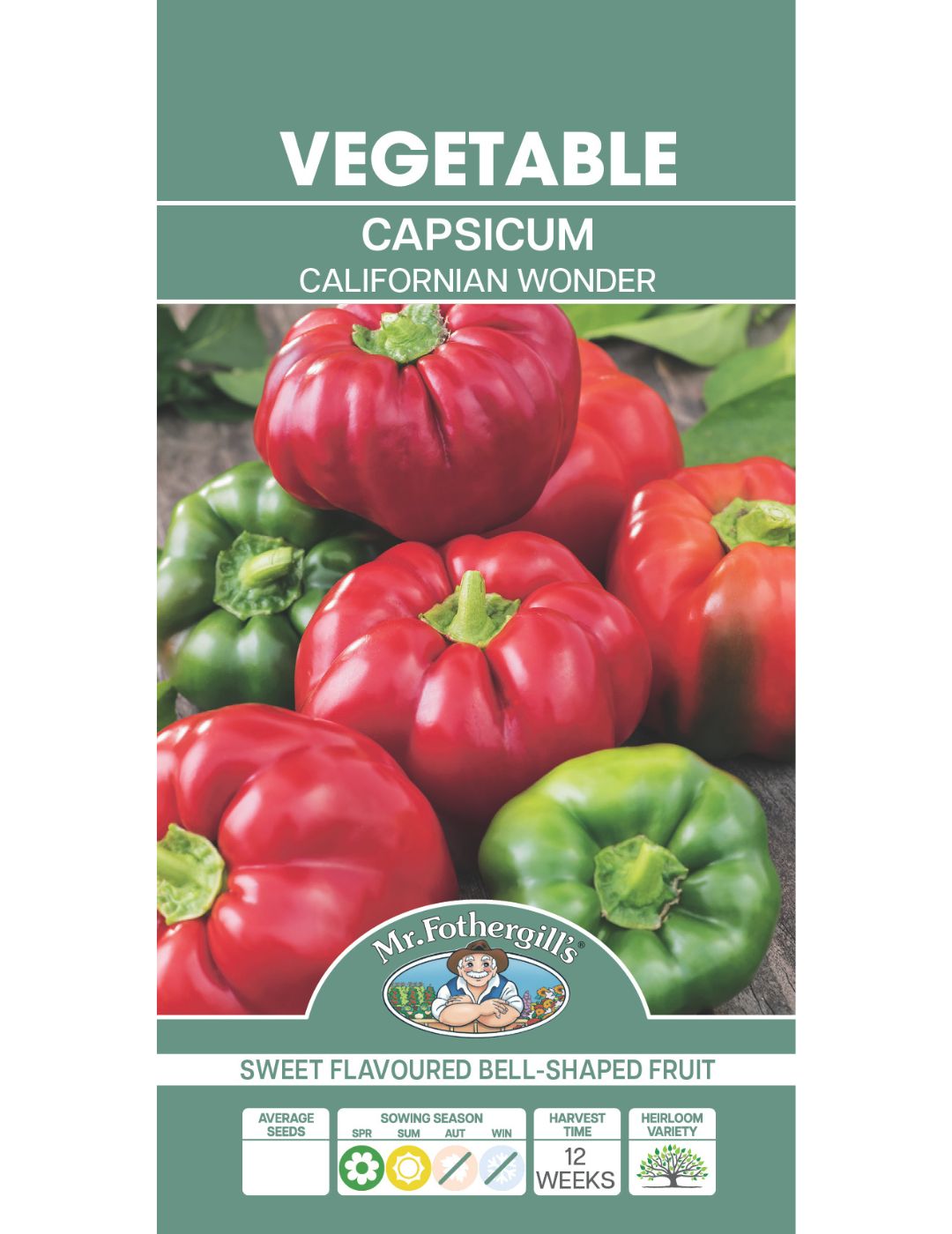

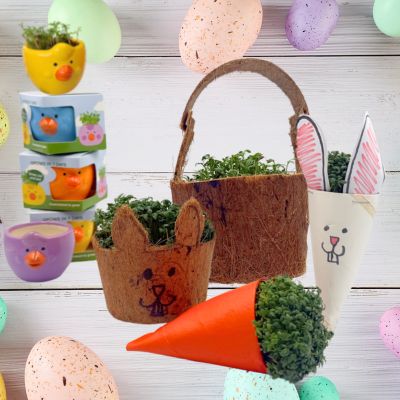



Leave a comment
All comments are moderated before being published.
This site is protected by hCaptcha and the hCaptcha Privacy Policy and Terms of Service apply.